BLOOD MONEY: 4 Western Classics Vol.2 (1967-1970)
Four Spaghetti Western classics from the late-1960s and early-1970s.

Four Spaghetti Western classics from the late-1960s and early-1970s.


This follow-up to Arrow Video’s four-film box set Vengeance Trails presents another quartet of very different Spaghetti Westerns. All well worth watching for any serious enthusiast of the genre, the films assembled here for the Blood Money collection include a couple of solid stories and two atypical offerings.
So-called Spaghetti Westerns may have started out as a cash-in on the popularity of Hollywood classics but, mainly due to budget and location logistics, they soon forged their own distinct identity by challenging established aesthetics and ideologies. What usually marks an Italian-made western apart is the budget, as they were made quick and cheap for the B Movie market. Also, the availability of Spanish and Italian actors who could convincingly portray Mexicans meant that stories tended to be set in the liminal borderlands and, by default, engaged with political histories that America had been striving to rewrite. Morally ambiguous protagonists often replaced the white American saviours wearing a white hat. Spaghetti Westerns were unflinchingly violent, dirtied down, and so dusty that any ‘white hat’ quickly became grey…
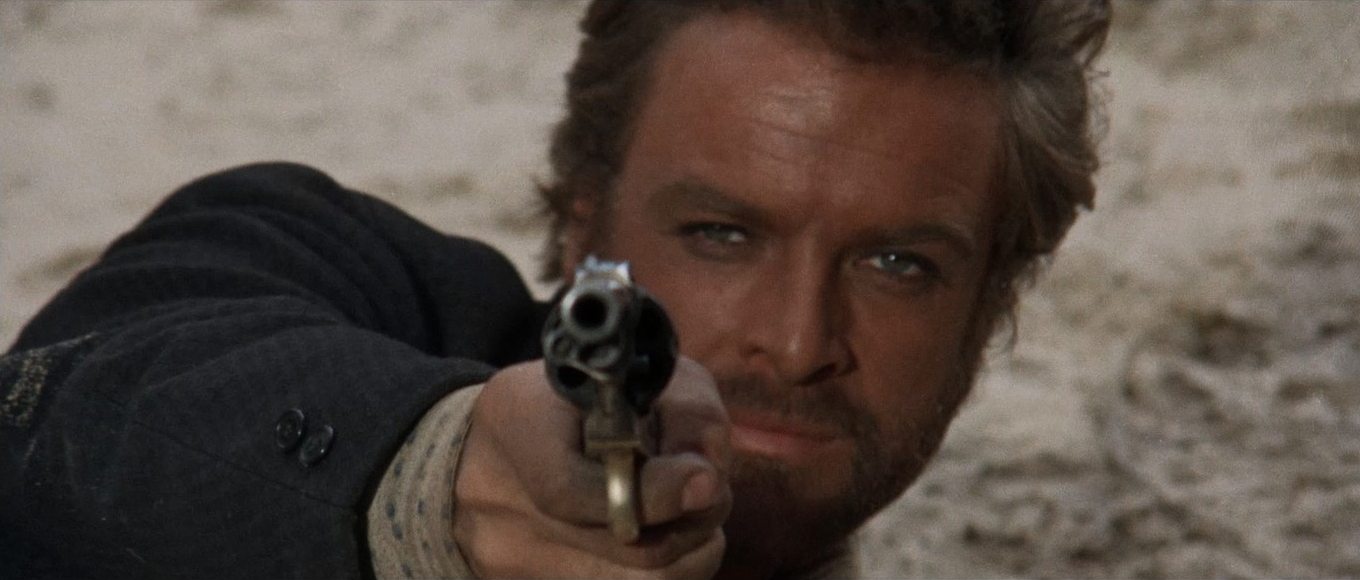

Hired to rescue a landowner’s daughter from a bandit, a bounty hunter instead forms a partnership with the crook due to the higher pay, leading to a tragic double-cross.
Romolo Guerrieri’s $10,000 Blood Money / 10,000 dollari per un massacro is a strong opener for this collection, delivering a character-driven discourse on the comparative value of individual lives. Not only is this a satisfying example of the genre, but it also demonstrates how it can delve deeply into moral issues without moralising.
The first scene surprises with its seashore setting. In a typical western, the ocean is sometimes mentioned as a semi-mythical concept, but here it is, sparkling in the sunshine and larger than life. The protagonist, who we’ll come to know as Django (Gianni Garko), swims back to consciousness from the realm of dreams and, addressing the corpse he’s slept alongside, says “Pretty sea, amigo, but it’s just too big.”
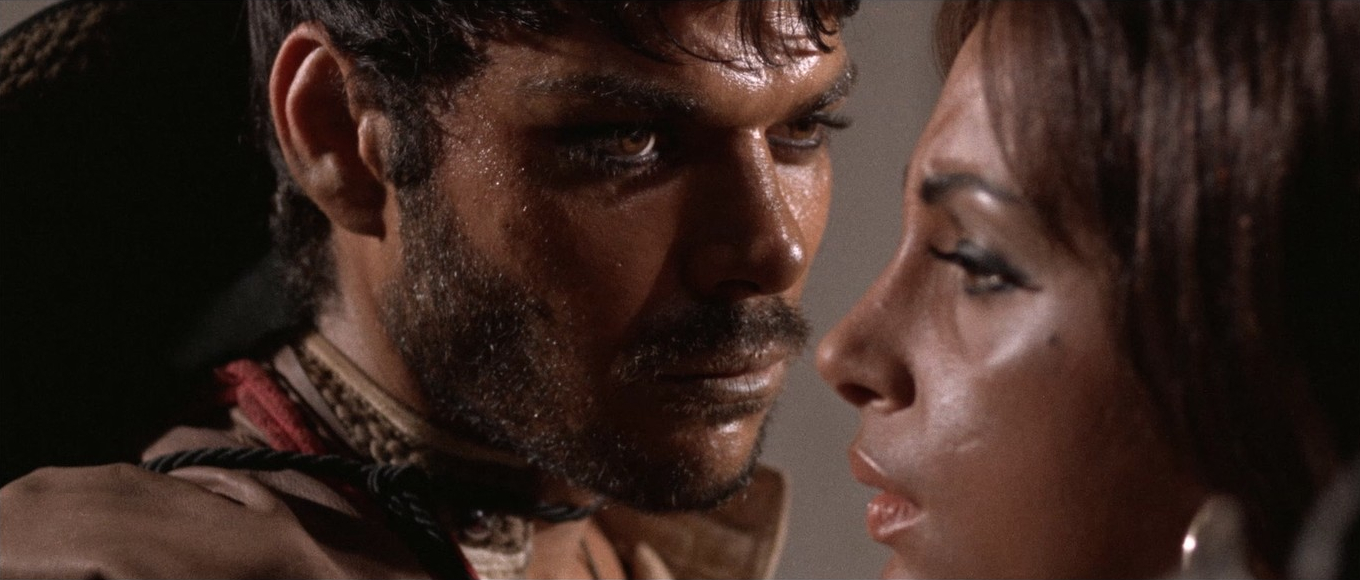
So, Guerrieri wastes no time letting us know his film will tell its story in both metaphorical and literal terms. The sea, which Django’s forebears must’ve traversed to reach the New World, speaks of unknowable depths, endless possibilities, and far away freedoms, while effectively hemming-in the narrative to land-bound limitations. Likewise, Django returns from his escape of dreams to the harsh contest of survival in which he’s clearly triumphed over the dead man, who’s now achieved a freedom of sorts.
Apparently, the protagonist went by a different name in Ernesto Gastaldi’s screenplay and the renaming was a shrewd move to cash in on the popularity of Sergio Corbucci’s original Django (1966), which had been a huge hit with Franco Nero in the role a year earlier. Also, actress Loredana Nusciak, who appeared in Django, is back again to play the female lead opposite Garko’s version of Django in $10,000 Blood Money, ostensibly making this the first, unofficial, sequel of around 30 that would follow.
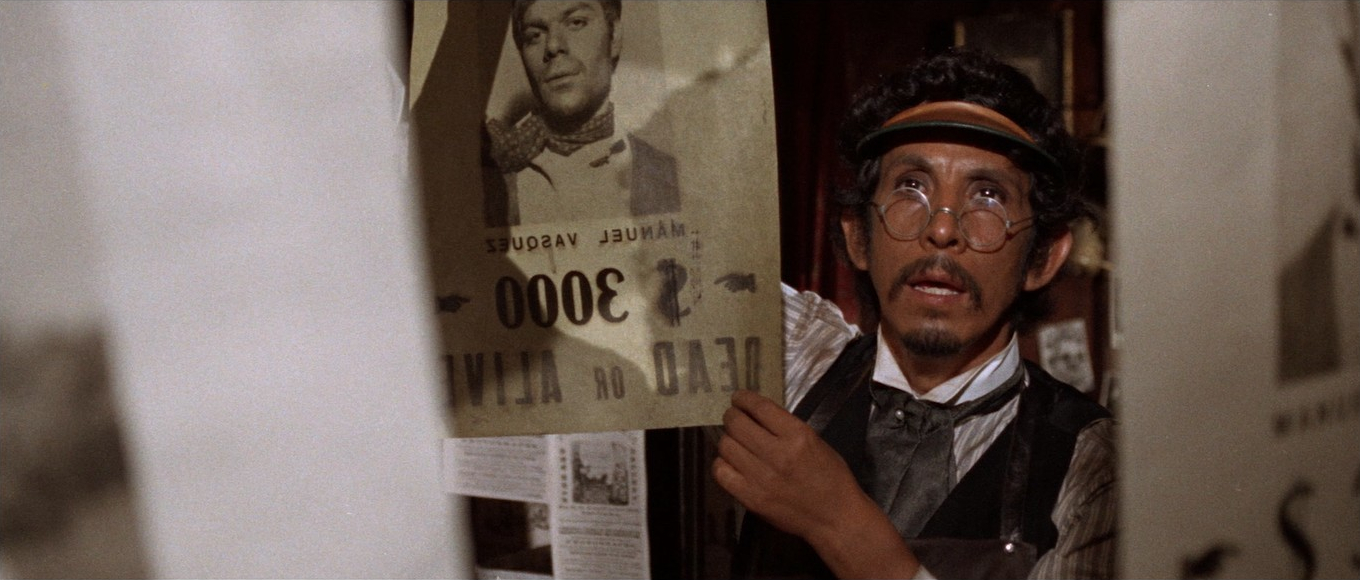
We soon gather this Django has turned bounty hunter and that’s why he’s travelling with a corpse as companion. On his way to the nearest town, he passes another horseman and there’s a cryptic though charged meeting of each other’s gaze. No words are spoken but we get the idea that some sort of agreement was reached. The relationship between the men becomes a little clearer as Django collects his bounty for delivery of the corpse and we recognise the other rider on a ‘WANTED’ poster as Manuel Vasquez (Claudio Camaso).
When quizzed by the Sheriff about how he chooses his quarry, Django states he selects on price as the risk becomes more worthwhile, also implying that the outlaw’s had the chance to change their ways and has chosen not to. Hence Django is established as a sort of socially aware bounty hunter. If a man turns to crime for survival then they don’t usually run-up such a price on their heads. However, if their taste for crime is driven by greed or pure malice, then their evil escalates and is reflected by an increasing bounty. Of course, this brings with it a discussion of who defines crime and who sets the bounty, which is addressed in the key scene that gave the film its alternative title of $10,000 for a Massacre…
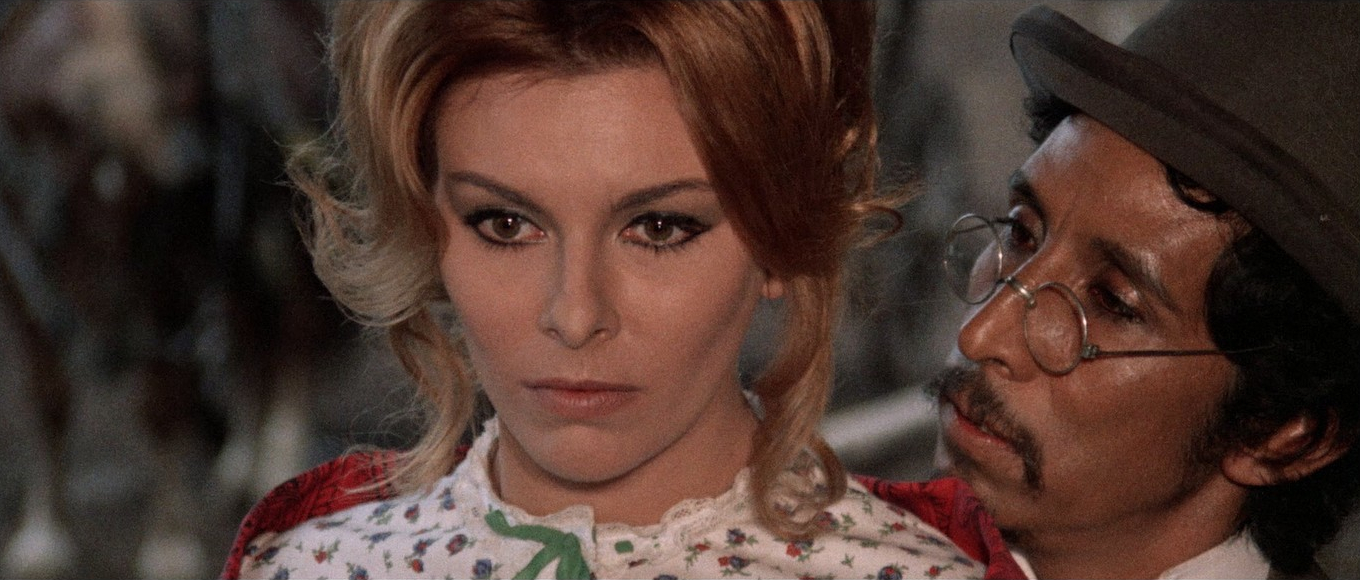
Vasquez seems to relish killing nearly everyone at Villa Menoza, except the ranch owner Mendoza (Franco Bettella) and his daughter Delores (Adriana Ambesi). We don’t get the full backstory at this point, but learn that Mendoza was somehow responsible for Vasquez spending the last four years in prison, so to make him suffer for this, Vasquez leaves him alive and abducts Delores. This results in Mendoza seeking out Django and offering $5,000 of his own money, doubling the price on the head of Vasquez to the titular $10,000.
Things get increasingly complicated as the huge sum attracts rival bounty hunters who believe the best way to up their own chances of collecting the cash is to eliminate Django. Also, the lines between hero and villain become increasingly blurred, leading to a few genuine surprises that challenge the established tropes such as Django and Vasquez teaming up to rob a gold shipment destined to fund the U.S Army. It’s not until late in the second act that we get any clear disambiguation. And, as this is the first opportunity for many to see the film since its limited release, I shall say no more.
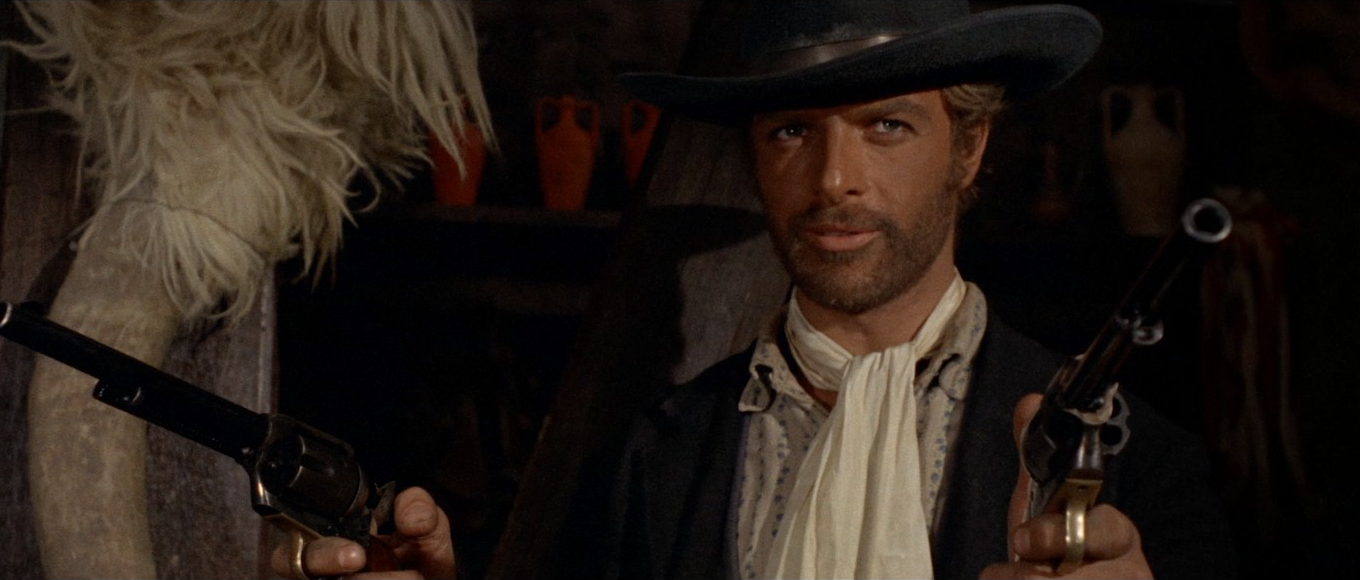
There’s certainly plenty here to satisfy anyone looking for a lesser known though superior Euro-western. Production designer Riccardo Domenici, who’d previously worked with and learnt from Mario Bava, ensures the standing sets at Elios studios are looking particularly good, aided by near-noir lighting by cinematographer Federico Zanni, who also makes good use of reflected light during a scene set in a cave system. Director Romolo Guerrieri consummately exploits the visual grammar of the genre with a dynamic visual rhythm of long-shots and extreme close-ups. Here, that’s not only a stylistic choice but serves narrative function, providing support for some great performances, famously zooming right in when the stoic Django confounds macho expectations by shedding tears of tortured regret.
All the performances are good and a couple are great. Gianni Garko, billed in English-language prints as Gary Hudson, is solid in the lead and even manages to add depth to some of the more functional dialogue. Claudio Camaso, though, is superb as the conflicted outlaw who manages to be chilling and simultaneously sympathetic. Rarely is a brooding psychopath so likable, but it’s essential to the plot that he pulls off this balancing act, which he does with impressive flair. Camaso was brother to another great Italian actor, Gian Maria Volonté, and would’ve given his sibling a run for their money if he hadn’t died young and in tragic circumstances, which are covered a few times amongst the bonus material included with this Blu-ray release.
After assisting on plenty of peplum, Guerrieri had made his directorial debut with light sex-comedy Beauty on the Beach (1961) and then $10,000 Blood Money was one of three spaghetti westerns made pretty much back-to-back with some production overlap along with Johnny Yuma (1966) and Seven Magnificent Guns (1966). Romolo Guerrieri would return to comedies, venture into the poliziotteschi genre, and contribute a couple of notable early gialli, The Sweet Body of Deborah (1968) and The Double (1971).
ITALY | 1967 | 100 MINUTES | 2.35:1 | COLOUR | ITALIAN
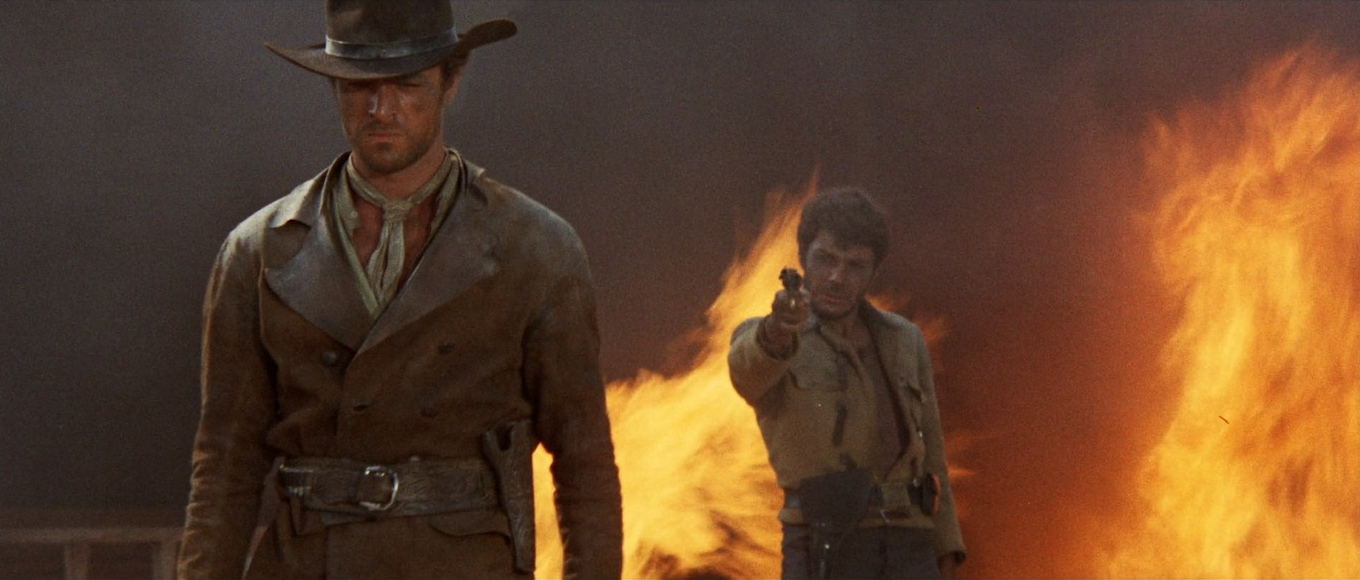

Seeking to carry out his mother’s final wish, a bounty hunter attempts to find his half-brother—a Confederate deserter-turned-crook—and turn him into the law.
A group of four Mexican desperados arrive outside a desolate church we see framed by their horses, before being treated to extreme close-ups of their apprehensive faces. Then a shotgun-zoom into the church bell as it tolls, a portend of death shattering the silence. They venture inside to find a row of four rough wooden coffins waiting for them, with their ‘WANTED’ posters pasted to the lids. An unseen gunman picks off each in turn as they search the ruins until only Gonçalvez (Fernando Sancho) is left standing…
We’re less than 10-minutes in and the opening gambit for Vengeance is Mine reads like the climax to a classic Spaghetti Western. Watching this back-to-back with $10,000 Blood Money may be just a bit disconcerting as both movies share an ensemble cast, so we see Fernando Sancho’s stereotypical, over-sized sombrero wearing bandit bite the dust a second time! It’s a great way to introduce Johnny (Gianni Garko) as a tricky bounty hunter who closely resembles Django but with a different backstory.
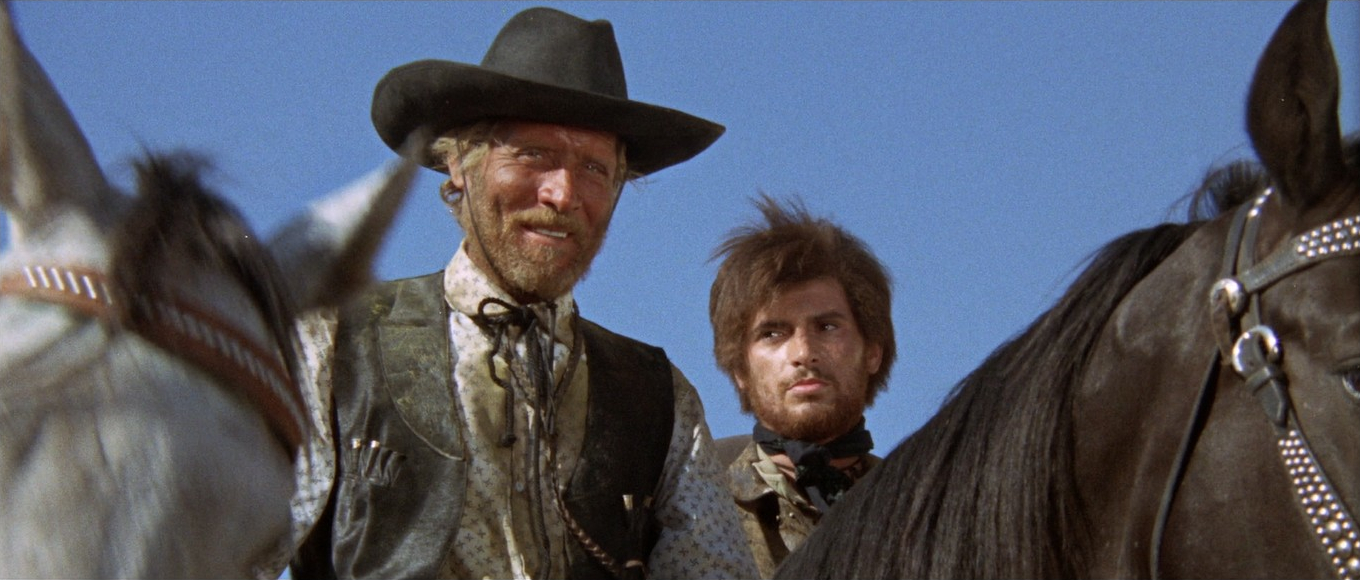
Whilst not strictly a sequel, Vengeance is Mine was also known by the title $100,000 for a Killing / Per 100.000 dollari t’ammazzo and is again produced by the Martino Brothers, though the directorial reins are now in the hands of Giovanni Fago, making his feature debut after being a hard-working assistant to a succession of notable directors including Vittorio De Sica for Two Women (1960), Ricardo Freda for The Horrible Dr. Hichcock (1962), and on Lucio Fulci’s Massacre Time (1966). Vengeance is Mine was the first in Fago’s triptych of consecutive westerns, followed by To Hell and Back / Uno di Più all’Inferno (1968) and O’ Cangaçeiro (1969).
Here, Garko and Camaso are cast opposite each other as half-brothers in a tale of murderous sibling rivalry sparked by the revelation that Johnny has a different biological father to Clint (Claudio Camaso). The secret had been kept from them as they grew up together, seemingly competing for the affection of the same woman (Susanna Martinková). Much of this is gleaned from dreamy, soft-focus flashbacks which once again use the sea as a backdrop, carrying over the visual motif and its poetic connotations from the first film. When Clint discovers the truth, he’s outraged and certainly doesn’t want to share any inheritance with his bastard brother. In a fit of pique he hurries said inheritance along by shooting his father and framing Johnny.
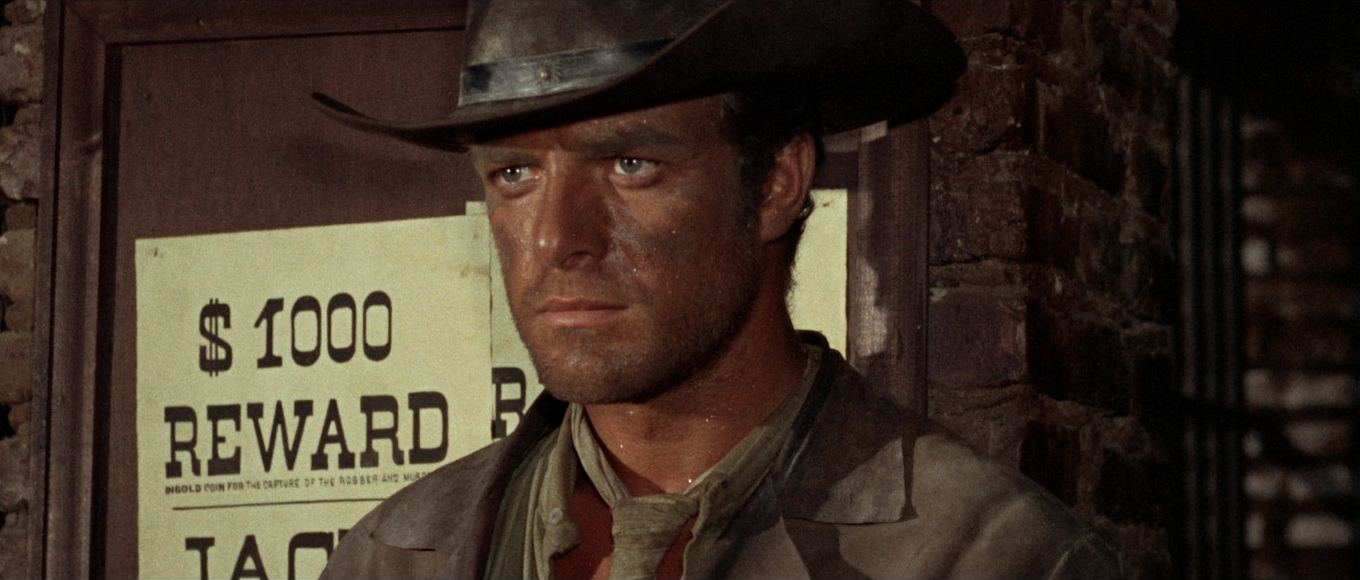
Years later the brothers are living their separate lives. Johnny is a bounty hunter after serving a decade in prison, his potential death sentence commuted on emotional grounds—finding out one was illegitimate was a big deal back then. Clint is now an outlaw, having deserted the Confederate army and while delivering the four bandits to the decrepit old-timer sheriff (Silvio Bagolini) Johnny sees the poster for his half-brother and his worthwhile bounty—perhaps a chance to profit from revenge. Things become less straightforward when Johnny visits their dying mother and her final wish is that he tries to bring in Clint alive and makes him promise that he won’t fire the first bullet when they meet. When Johnny finally tracks down Clint, an uneasy alliance is forged between the estranged brothers as they hatch a plan to rob an outlaw gang led by the cold and cruel Jurago (Piero Lulli). They temporarily put aside their feud but can they ever trust one another?
Compared with $10,000 Blood Money, this plays out more predictably and there’s some terrible dialogue—though it doesn’t come across nearly as cliched in the Italian version. Although it starts out in a fairly flippant mode, it becomes increasingly serious, bordering on downright grim. Not surprising really with a story tackling themes of patricide, fratricide, and suicide set against a backdrop of post-war lawlessness as different factions try to fill the power vacuum left by the retreating armies. It still has all the ingredients for a rewarding Spaghetti Western but is mainly redeemed by Garko and Camaso along with Giovanni Fago’s flair for inventive two-shot compositions and placing small, transient figures against timeless rugged vistas.
ITALY | 1967 | 92 MINUTES | 2.35:1 | COLOUR | ITALIAN
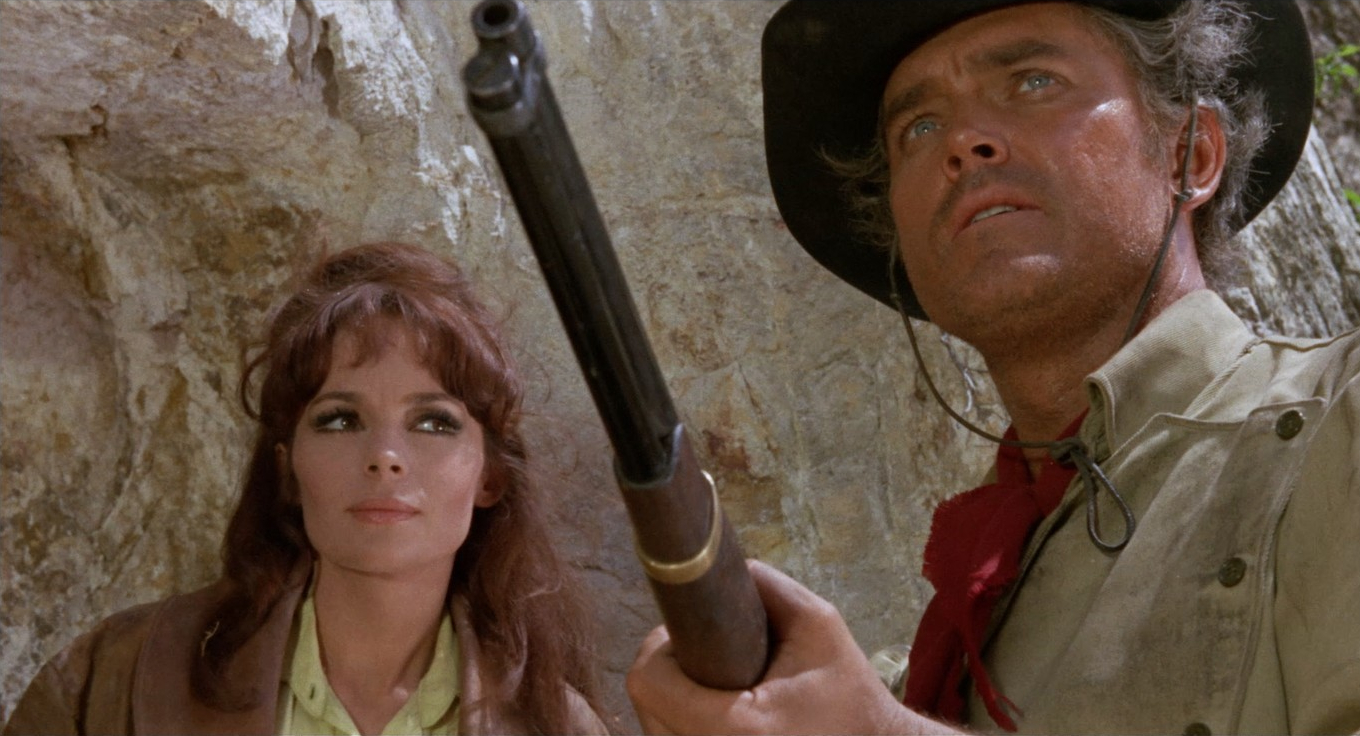

An outcast Confederate soldier redeems himself by defending a woman against bandits willing to kill for her goldmine claim.
A deeply flawed premise in the opening sequence prevents all that follows being taken as seriously as it takes itself. So, we join Paul Martin (Piero Lulli) and his wife Lisa (Pascale Petit) as they come under attack from a band of outlaws. During the shoot-out they have a bit of a domestic argument that’s simply a clumsy slab of expositional dialogue explaining that he’s a geologist who worked out an old mine thought depleted could yield more gold. Now, being a geologist doesn’t help him foresee that using dynamite to dispatch their attackers might cause an avalanche. No, that’s not the flaw I’m talking about, after all they’re outnumbered, and the situation calls for desperate measures.
After the dust settles from the resultant mine collapse, Mr Martin is trapped under a wooden beam too heavy for Mrs Martin to budge. He estimates it would need three men to free him. So, Lisa takes one of their two horses to make the two-day ride to the nearest town to get help. Now, that’s the flaw. I just couldn’t understand how three men were stronger than two horses. Even if it took some time to sort out ropes, pullies, fulcrums… surely, it would be a better bet than a four-day round trip leaving your injured husband with only a flask of water and some whiskey for the pain?
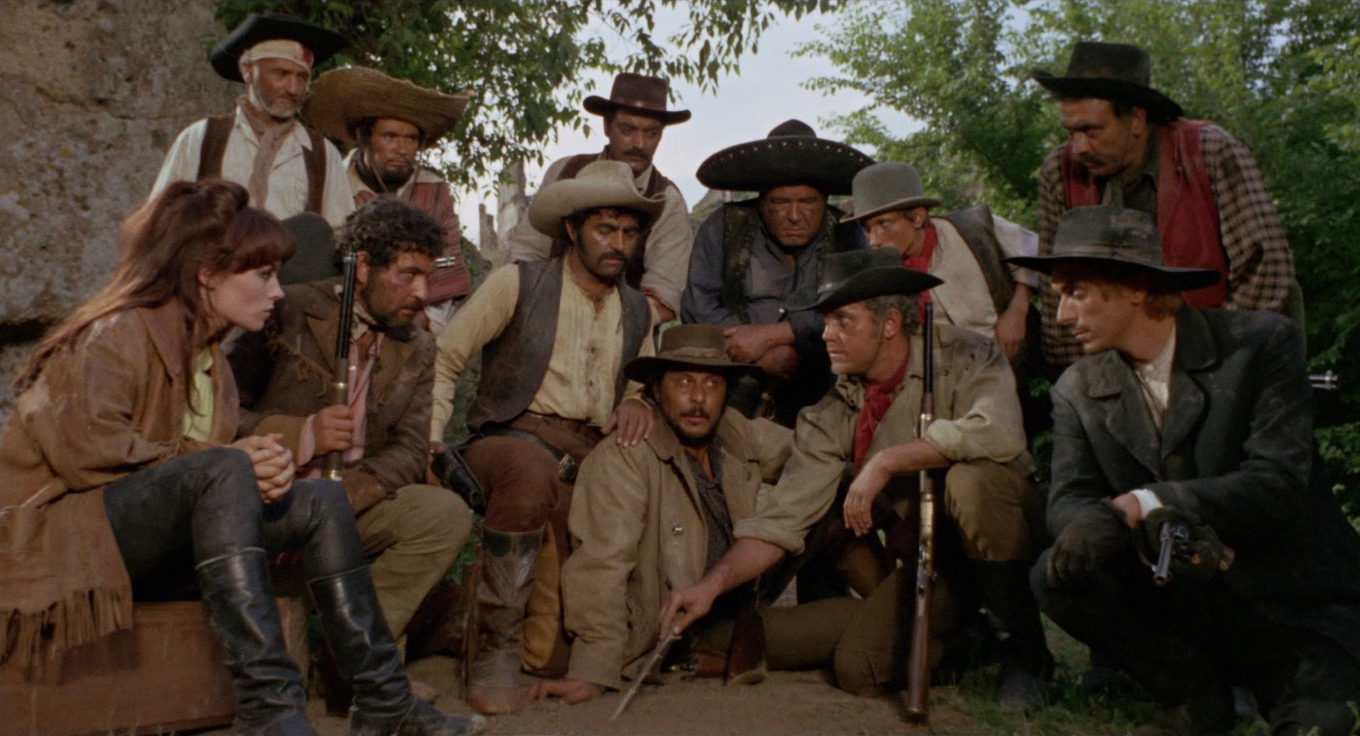
Even if one lets that oversight pass, the rest of the film is beset by poor pacing and a barrage of tired tropes. Perhaps, back in 1968, things might not have seemed so cliched as they do now. However, I doubt it as there seems to be a concerted effort to remix tried and tested ingredients from US westerns. For the most part women only survive if their coupled with strong men and are only useful for singing, loading the guns, or bathing naked in a creek—that’s one scene restored here that proved too risqué for the time and was excised by the Italian censors and seems so outdated nowadays. It’s like something out of a pulp western paperback—woman strips, man watches from the bushes before attempting rape and being stopped just in time by the good guy. They then slug it out in what is actually a well-choreographed, waterlogged and laborious fight scene, spoiled by comedically mistimed foley of very loud whip-crack slaps.
There is some striking imagery here and there. For example, the vultures giving the most convincing performances as they flap around men pegged-out in the sun to die. Apart from the odd line here and there that stand out for being competently crafted, the dialogue sounds like it’s been cut-and-pasted from every cheesy western script that went before. If approached as a post-modern meta-western, it does serve to deconstruct and demonstrate the required genre ingredients. But it certainly takes itself too seriously for that and one of the things that differentiates it from the other spaghetti westerns here is a lack of fun, flippancy, and sharp irony.
Jeffrey Hunter was a big name at the time with a good western pedigree since starring alongside John Wayne in The Searchers (1956). Ten years after that, he’d taken the lead in “The Cage”, the original pilot for Star Trek (1966-69) as Captain Pike, which hadn’t aired at the time but was reworked into the two-parter “The Menagerie” (1966). He was probably best known for playing Jesus in the Biblical epic King of Kings (1961). Here he’s workmanly in the lead as Joe Collins, a hard-drinking ex-soldier on the run from a court-marshal who Lisa hires to lead the rescue of her husband. He’s been surviving as a gunrunner who develops moral qualms when his middle-man, Gomez (Gianni Pallavicino) lets slip that the guns have been going to local gang boss Chato (Mario Dardanelli) who wants to know where the gold from the mine is hidden just as much as everyone else and is the biggest threat to the helpless Paul Martin, should he reach him first.
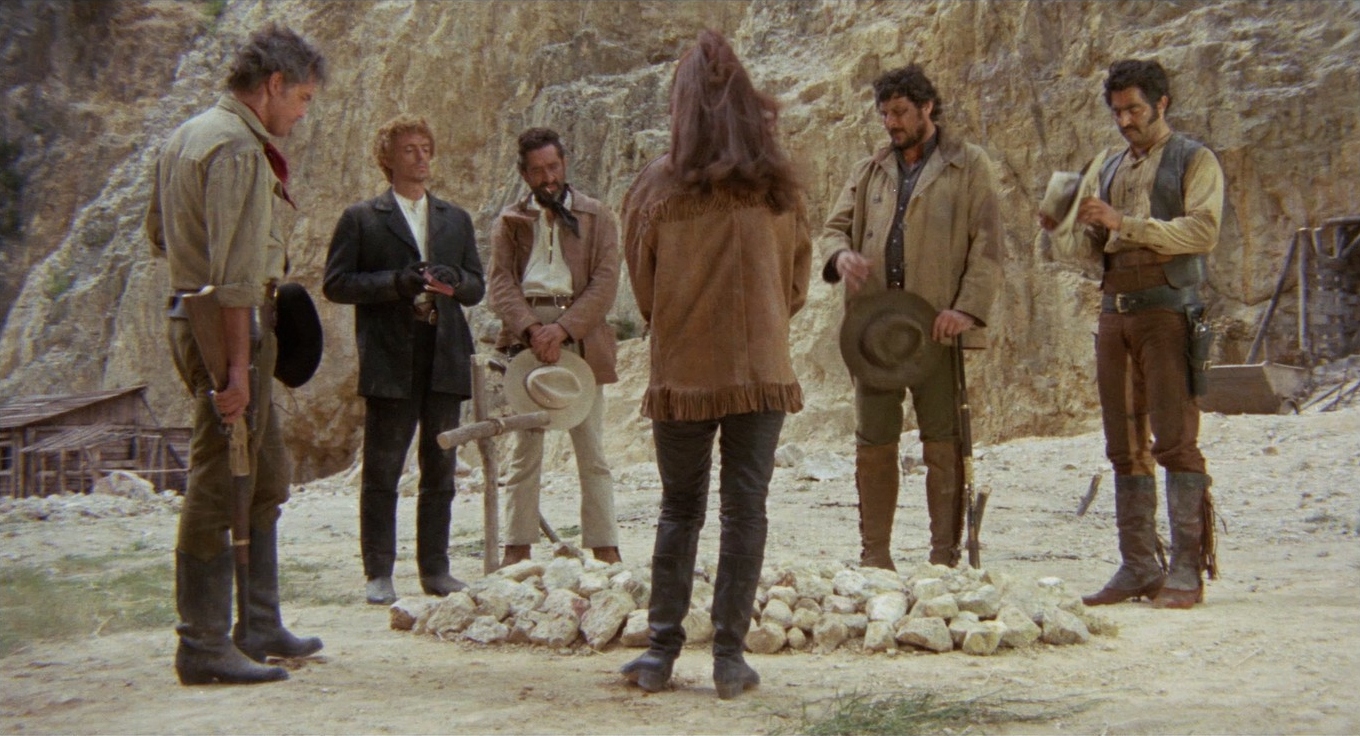
There is a smudging of good and evil among the assembled band of men who accompany Lisa Martin and Joe Collins on the promise of payment in gold. It’s this narrative thread that keeps it watchable teasing the audience with clues and red herrings as to who will double-cross who, with tough guy Fernando (Nello Pazzafini) and two-pistol gunslinger Paco (Reza Fazelli) the major contenders. Along the way, they’re also joined by Rev. Riley (Adolfo Lastretti) a creepy pastor who certainly isn’t what he seems and was, at least potentially, the most interesting character. It’s clear that everyone’s in it for themselves, until the inevitable romantic developments between Joe and Lisa, who begin to value life and love over the lure of gold.
After co-directing a couple of contemporary comedies and a Ringo movie, The Two Sons of Ringo (1966), Giuliano Carnime took the directorial helm for the giallo-tinted western The Moment to Kill (1968), immediately followed by Find a Place to Die and a run of a dozen Spaghetti Westerns interrupted only by superior giallo The Case of the Bloody Iris (1972). Sadly, Find a Place to Die doesn’t showcase his directorial prowess. It’s not bad, but it’s hard to find anything good to say about it and is the least remarkable offering in this collection.
ITALY | 1968 | 89 MINUTES | 1.85:1 | COLOUR | ITALIAN ENGLISH
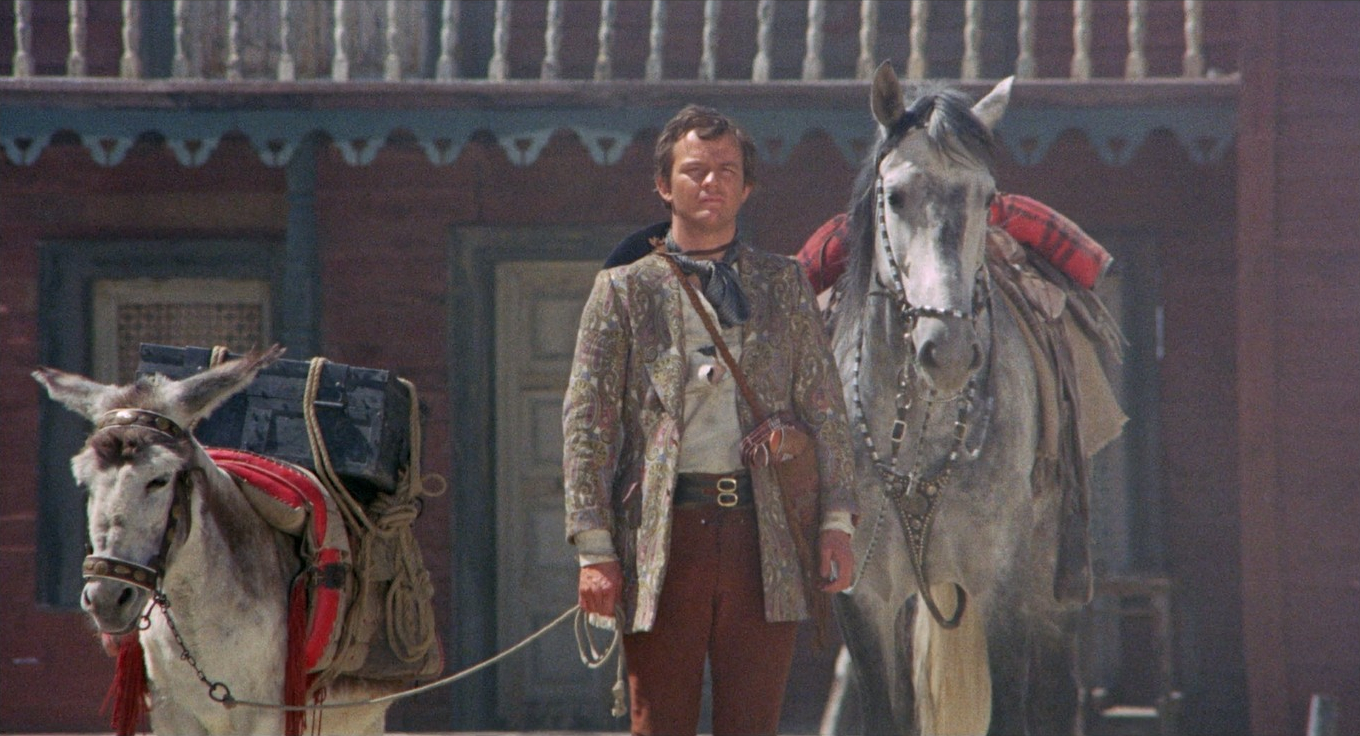

A gang of outlaws find themselves in conflict with a mysterious, boomerang-wielding drifter and a widower who arrive in the ghost town they have holed up in.
Finally, Cesare Canevari ’s Matalo! is certainly the most remarkable film included in this box-set. Destined to become a cult movie, it’s a film that will definitely divide audiences. This mythic psychedelic, in parts surreal, fable set against a western backdrop is so surprising it’s difficult to discuss without spoiling it for those coming to it fresh, as I did. “There are only two good men: one is dead; the other hasn’t been born yet.” The opening quote sets up some expectations, priming us for a biblical style parable and Ray (Lou Castel) the unlikely protagonist certainly has some Christ-like parallels.
First, though, we meet Burt (Corrado Pani) nonchalantly on his way to the gallows. The scene is filmed in an almost verité style with the opening shot taking form out of an abstract colour field as focus slowly sharpens accompanied by some suitable spooky and haunting music. The hand-held camera places us among the sombre townsfolk gathered for the hanging as if we are another helpless witness. We don’t know this man yet, but he senses our discomfort as the noose is placed around his neck and gives us a wink of reassurance. Surely enough, this is not his demise and just in the nick of time, a posse of Mexican bandits charge into town shooting Burt’s would-be executioners and then simply firing willy-nilly at anyone who doesn’t clear off quick enough.
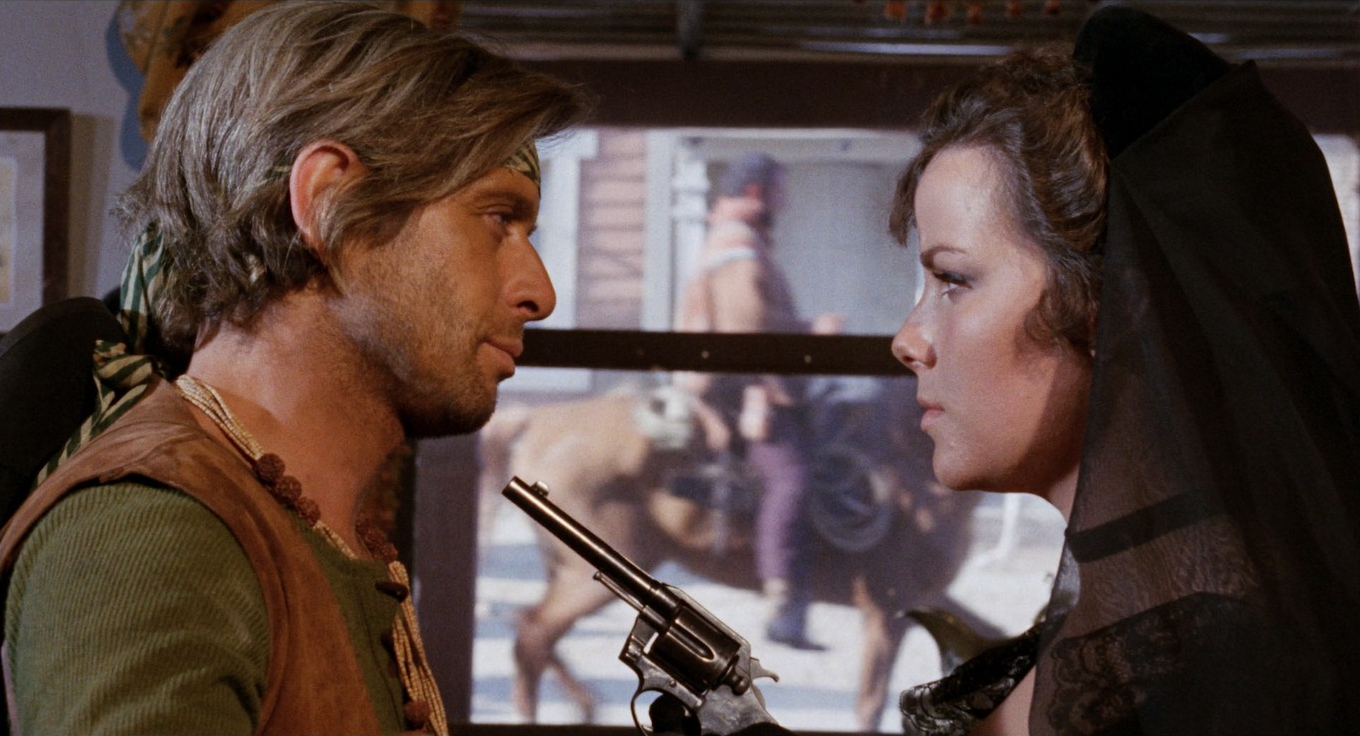
Burt makes his way over to a veiled woman in black. It’s unclear whether she’s in mourning for a murdered loved one that Burt is convicted of killing, or if she’s dressed in anticipation of his funeral. Either way she’s giving mixed messages as she draws a pistol on Burt, before allowing him to lift her veil and kiss her—which he does as a distraction while opening the bureau behind her to lift a draw-string bag. After making good his escape, to an accompanying score of flanged-out prog-rock, he uses the stolen purse to pay-off his rescuers before going his own separate way and… giving us the first big surprise of the story. He then breaches the fourth wall by directly addressing the camera, sharing a portion of his backstory, establishing him as an amoral, ‘lovable rogue’. But can we trust him on this? Again, I can’t go into too much detail here, for fear of spoiling things for those coming fresh to this must see, genre-confounding classic.
He meets up with his compadres, the commanding Phil (Luis Dávila), the unbalanced Ted (Antonio Salines) and sexy Mary (Claudia Gravy) who are clearly dressed to reference hippies with fur jerkins, long coats, fringed leather mini-dresses, and abundant beads. After a successful robbery, the gang hide their stolen gold in a ghost town where they lie low until time comes to deliver the loot to Baxter (Miguel del Castillo) the local kingpin who has means to offload the fortune without incriminating them. But as with most criminals, they’re not sure if they can trust each other and honour among thieves seems to be a fallacy.
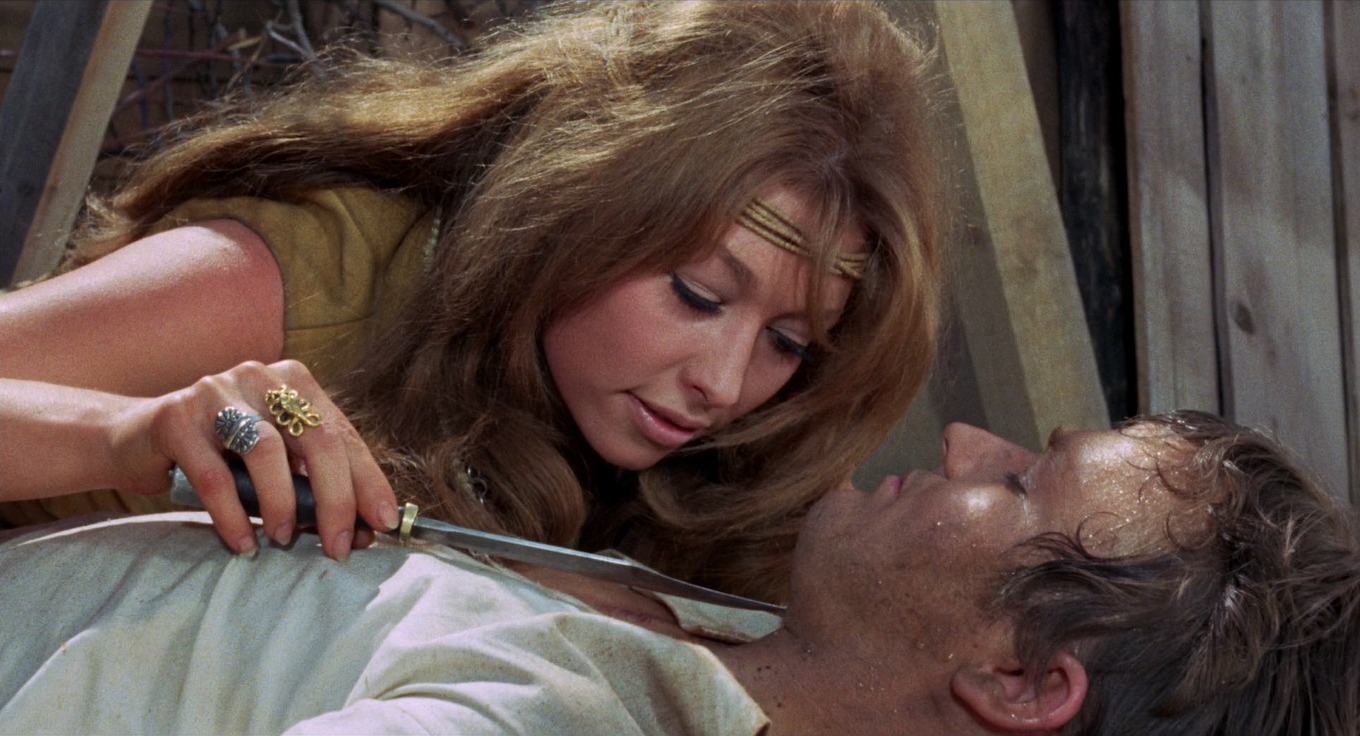
As tension mounts, they become aware of a shadowy presence in the ghost town and discover the only remaining resident is the proud Gertrude Benson (Ana María Noé) who they see as an opportunity for entertainment. It’s not until around the half-way mark that Ray shows up and is immediately captured and beaten by the gang, with Mary taking sadistic joy in some gendered torment and a little bloodletting. Gertrude Benson is disappointed that Ray is such a pacifist that he’s never fired a gun and admits he wouldn’t know how to. However, he does have a bag full of mysterious wooden things that the villains don’t recognise, but we know are boomerangs, presumably used for hunting. The only other character to enter the mix around the same point is a fresh widow (Mirella Pamphili) who lost her husband along with their horse on the trail, unknowingly stumbling into the midst of these machinations.
What starts out looking like an indictment of the 1960s ‘drop-out’ culture isn’t quite that simple and evolves into an underlying treatise on comparative values, cultural differences, and generational rifts. Although some of the morally bankrupt villains certainly resemble hippies, so does Ray in his anachronistic paisley pattern jacket that could easily have come from Carnaby Street. Perhaps we shouldn’t judge by appearance after all but take note of a person’s actions instead.
Matalo! is a highly rewarding experience for lovers of cult Euro-cinema and contains some of the most surprising moments of any western including an unlikely saviour and possibly a hint of divine intervention. All the cast is convincing and Claudia Gravy has said she considers her her role as Mary a career best. It was certainly a mid-career highlight from Cesare Canevari, a varied though not prolific director, completing just nine movies in a career spanning nearly 20 years taking in sex-comedies, erotica, crime thrillers, though remembered mainly for Nazi-exploitation movie Gestapo’s Last Orgy (1977) and the infamous Killing of the Flesh (1983), an attempt at a giallo that was later expanded with additional pornographic sequences, shot and inserted without the director’s involvement.
ITALY | 1970 | 89 MINUTES | 1.85:1 | COLOUR | ITALIAN

Arrow Video have done a fine job with the audio-visual restoration here, using the best available material from surviving prints. The sound is generally crisp and the image nicely graded down to the film grain without losing too much of that sixties cinematic texture that Spaghetti Westerns should have.
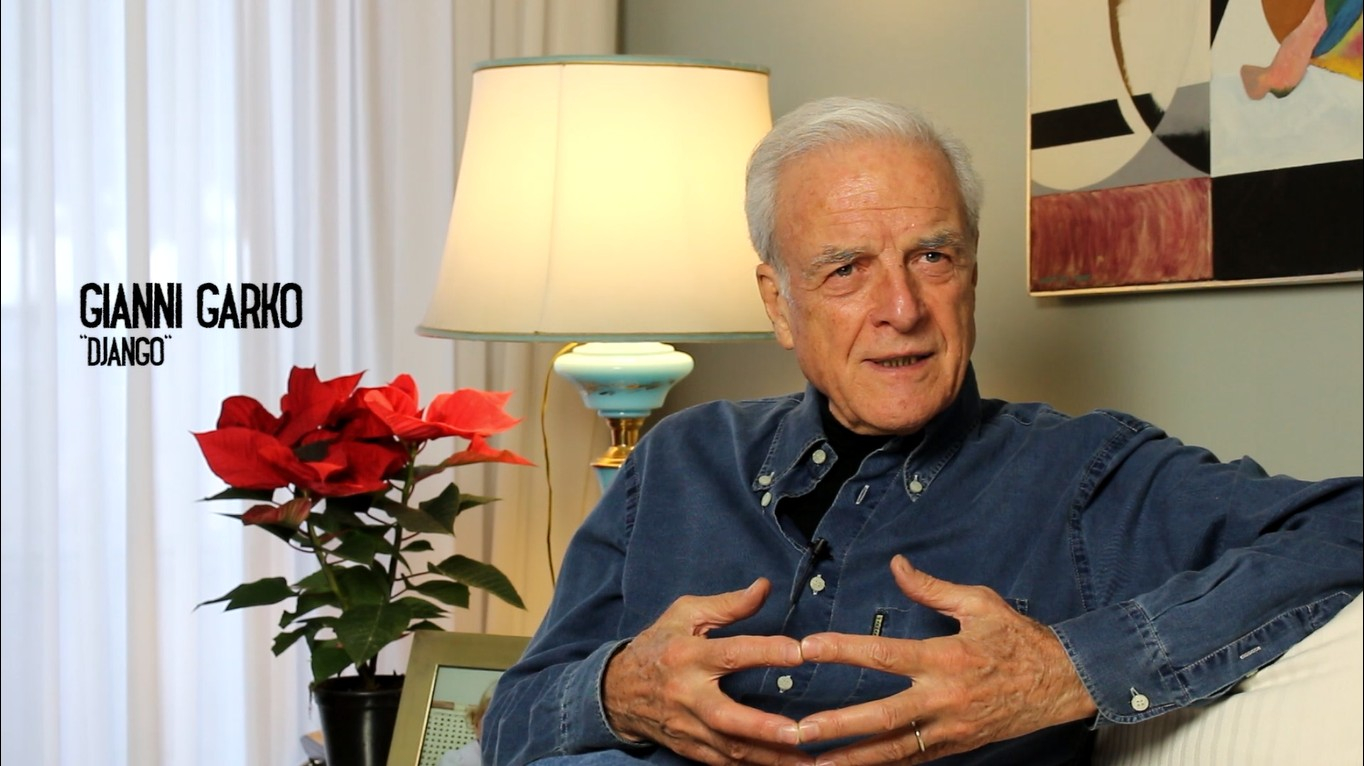
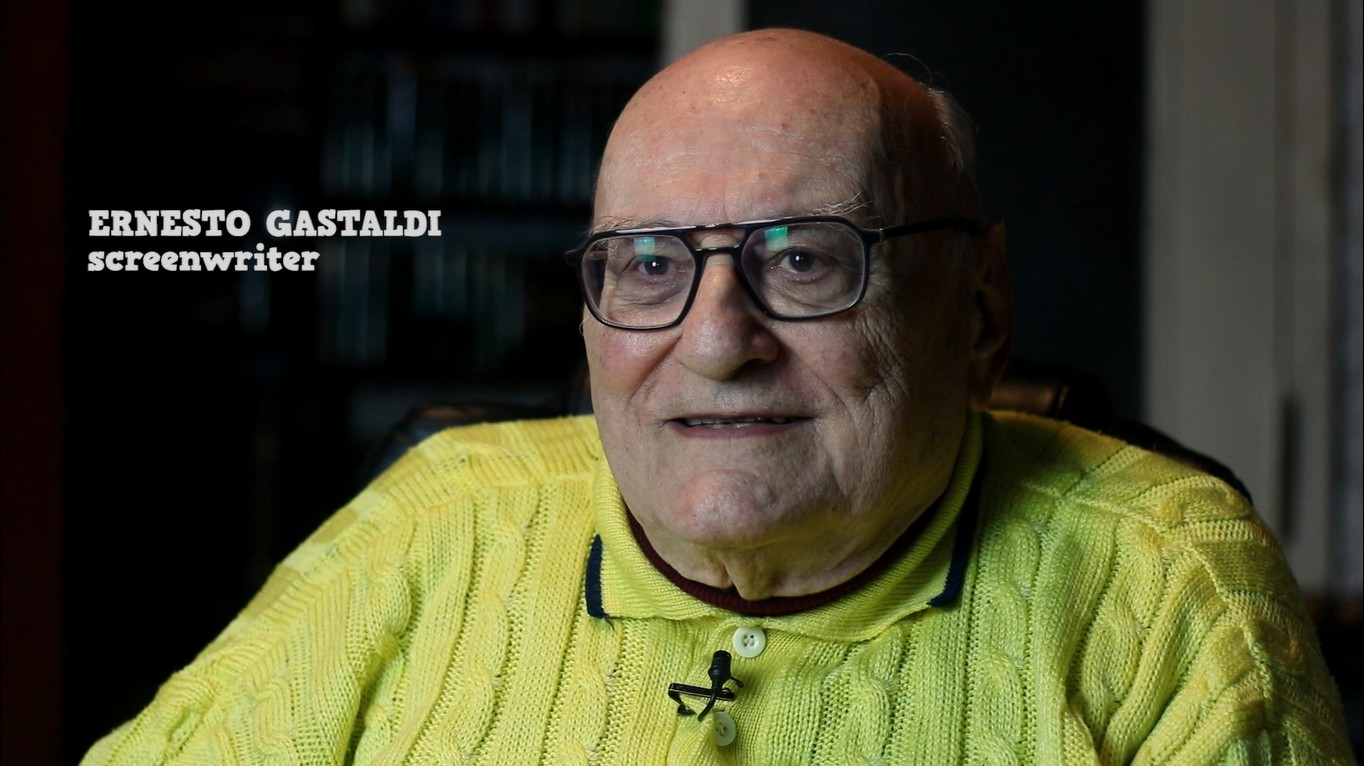

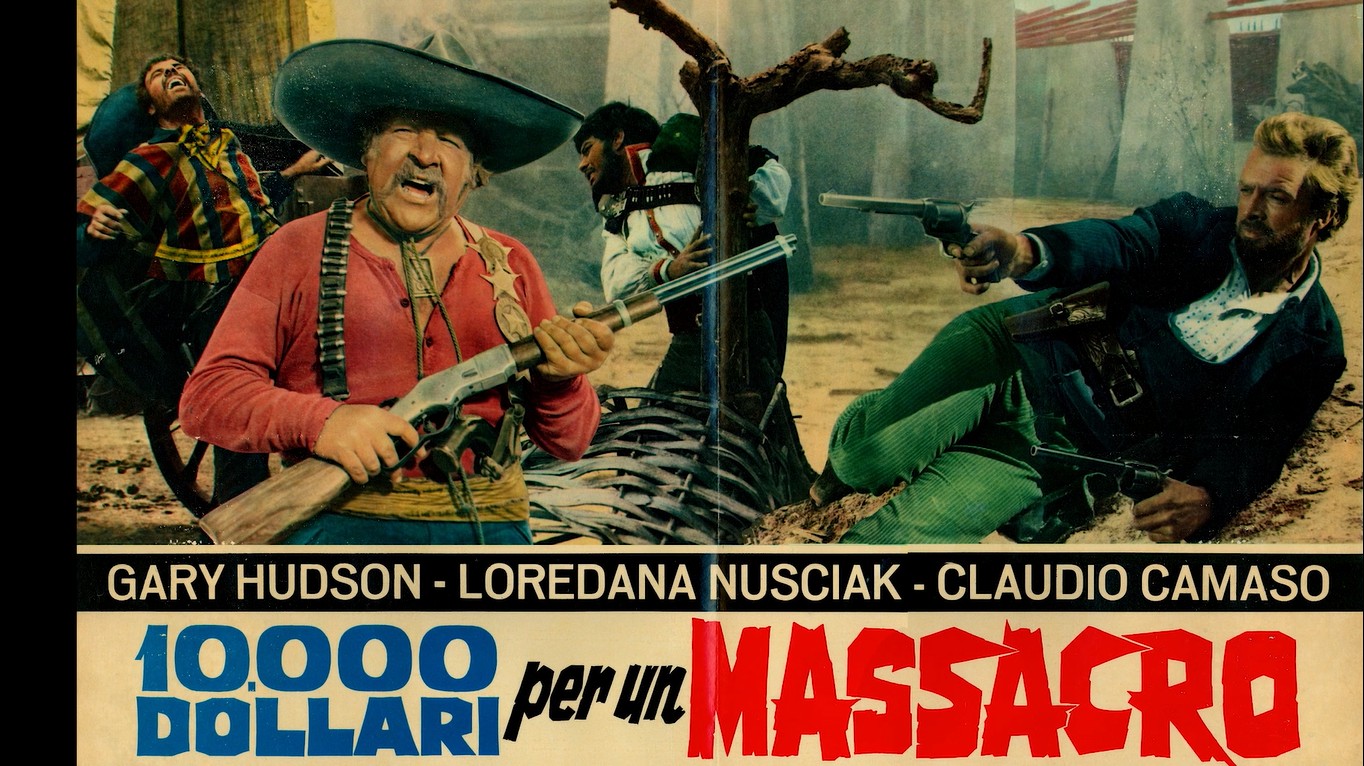
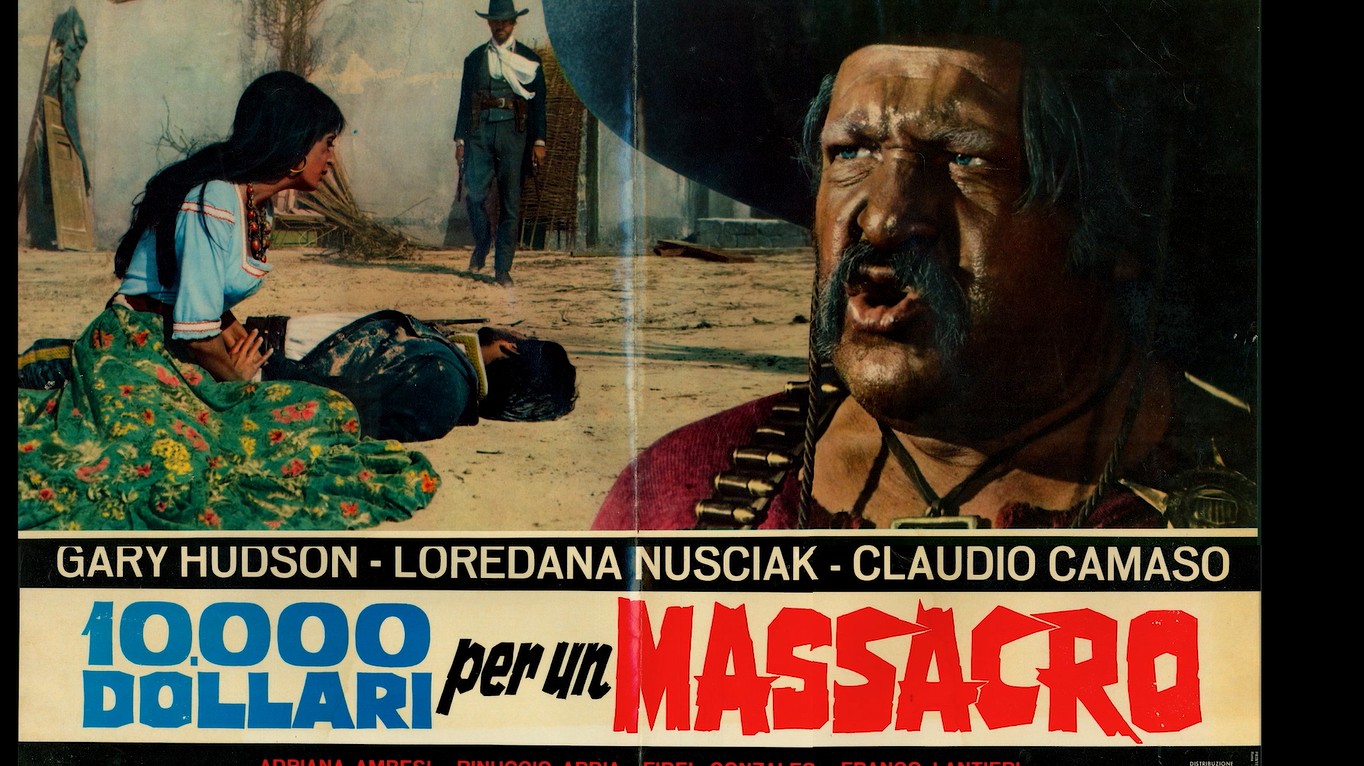
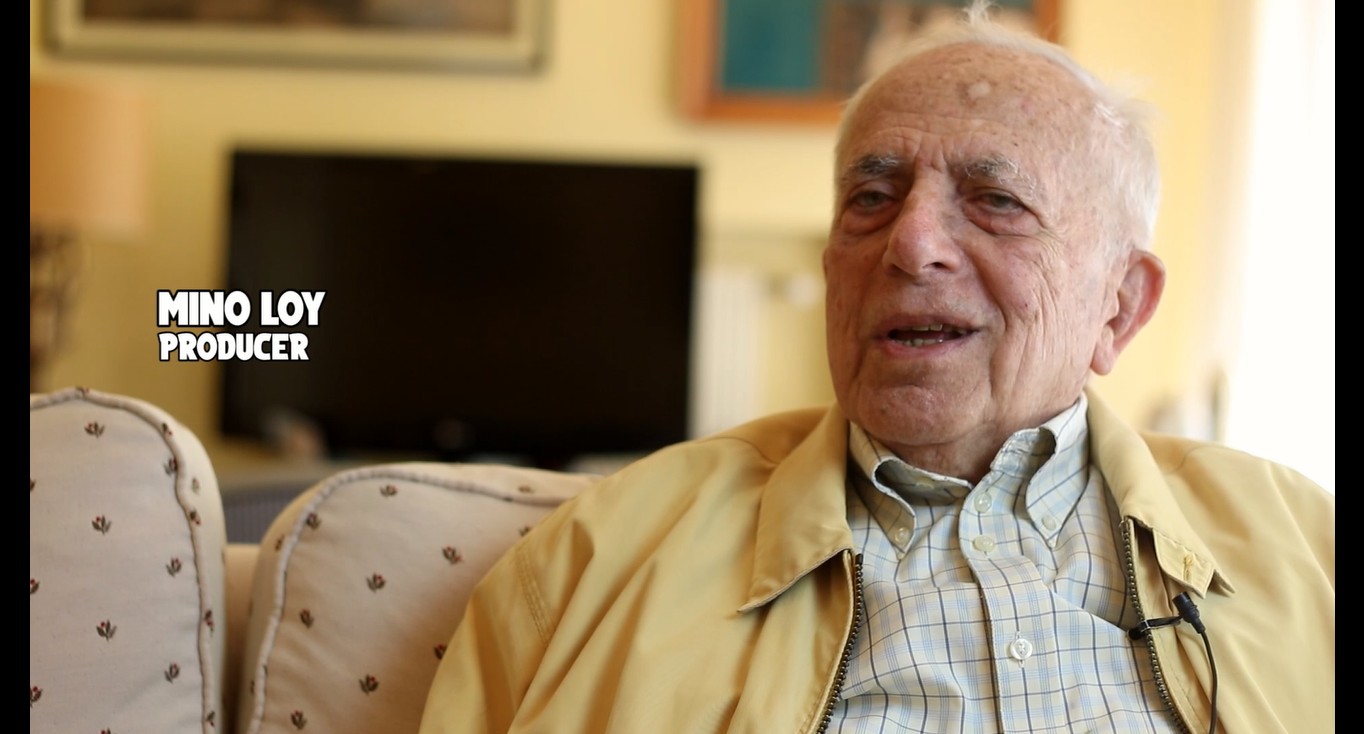
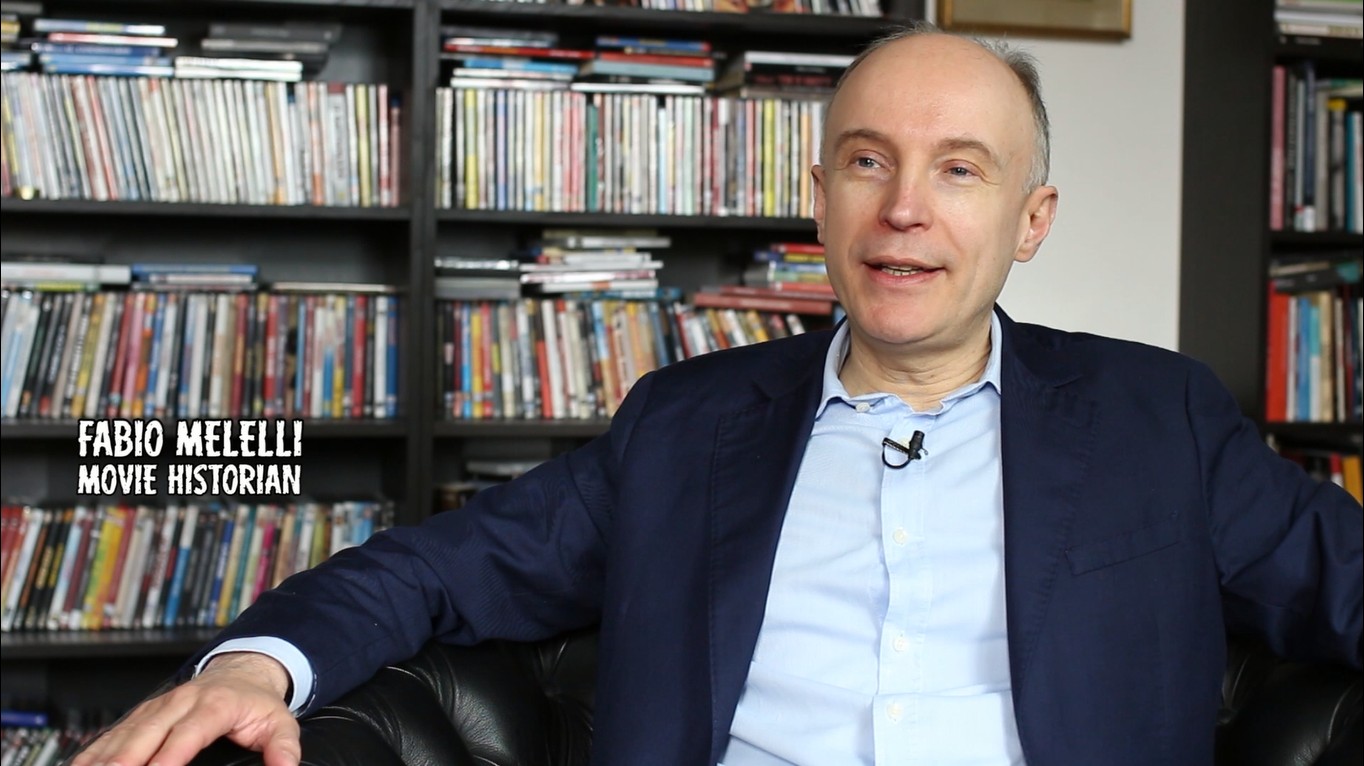
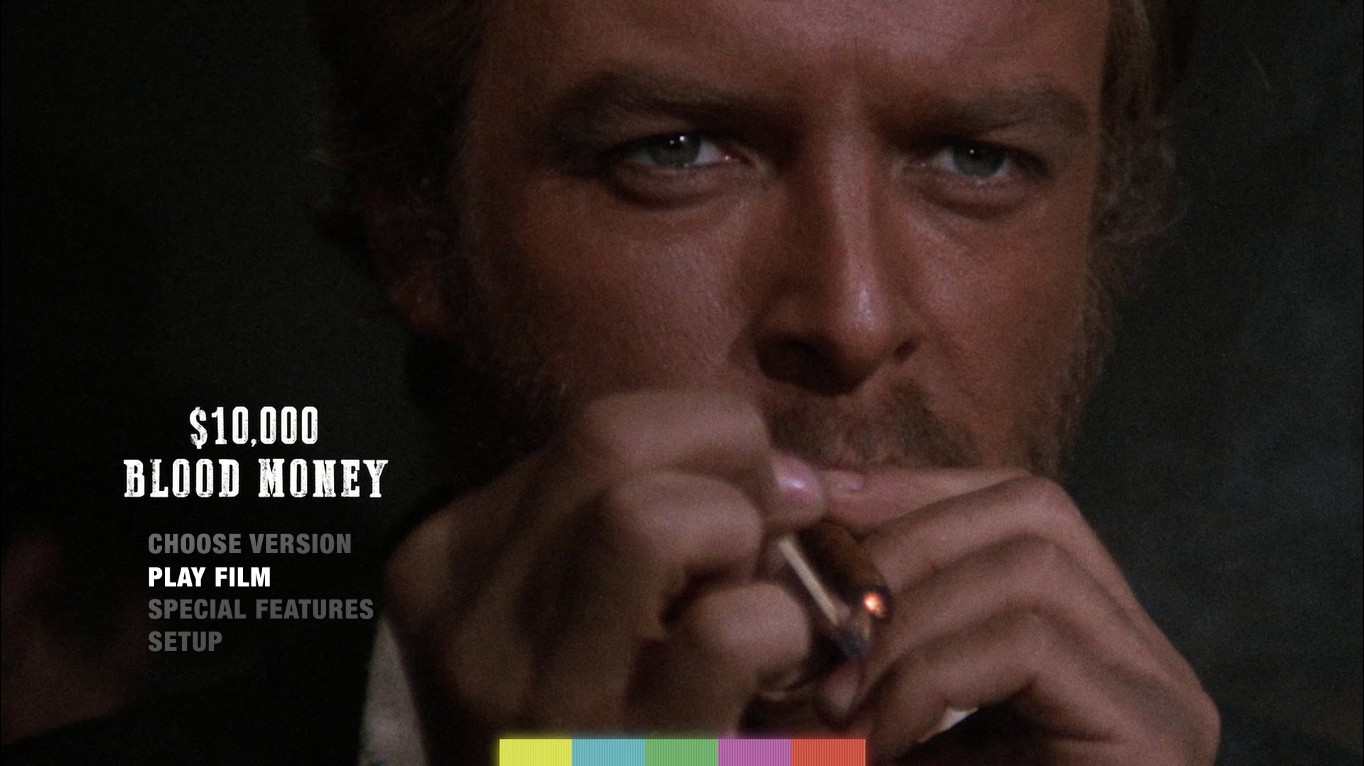
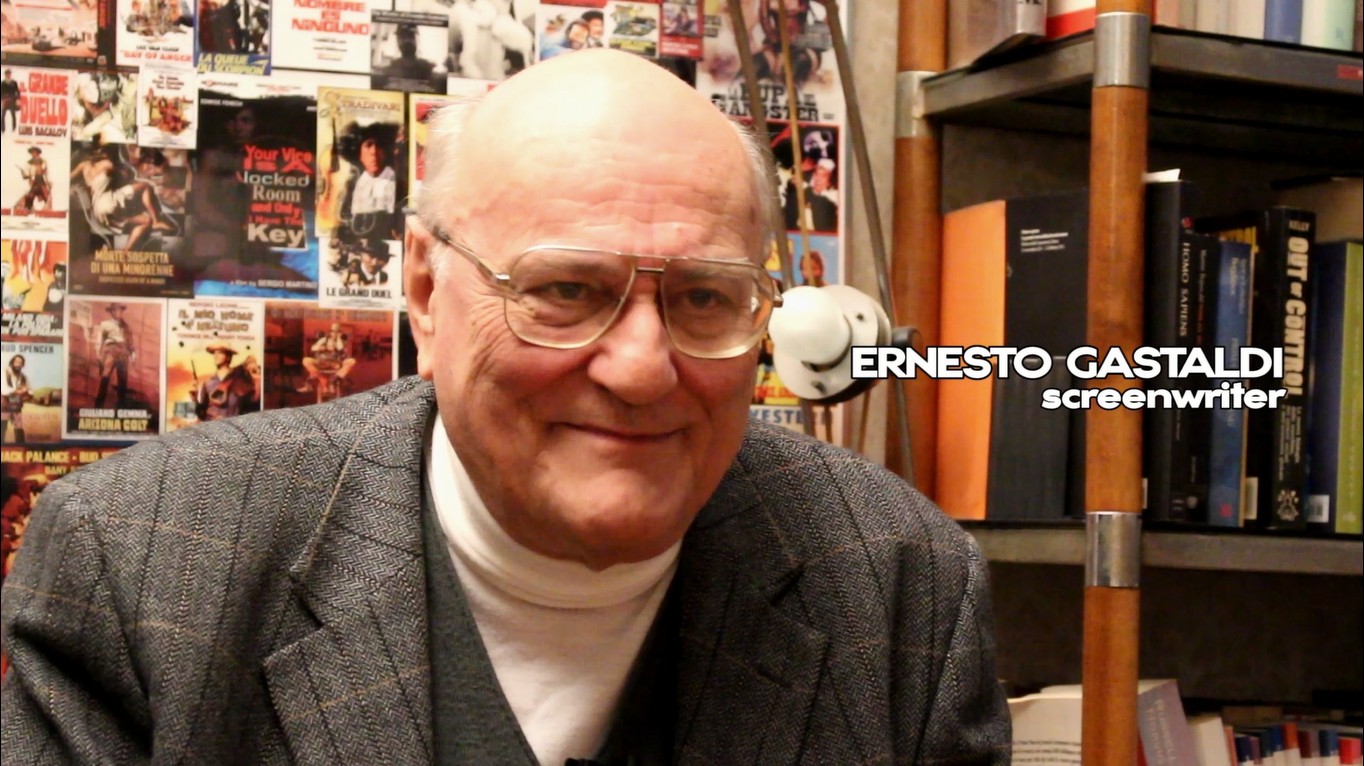
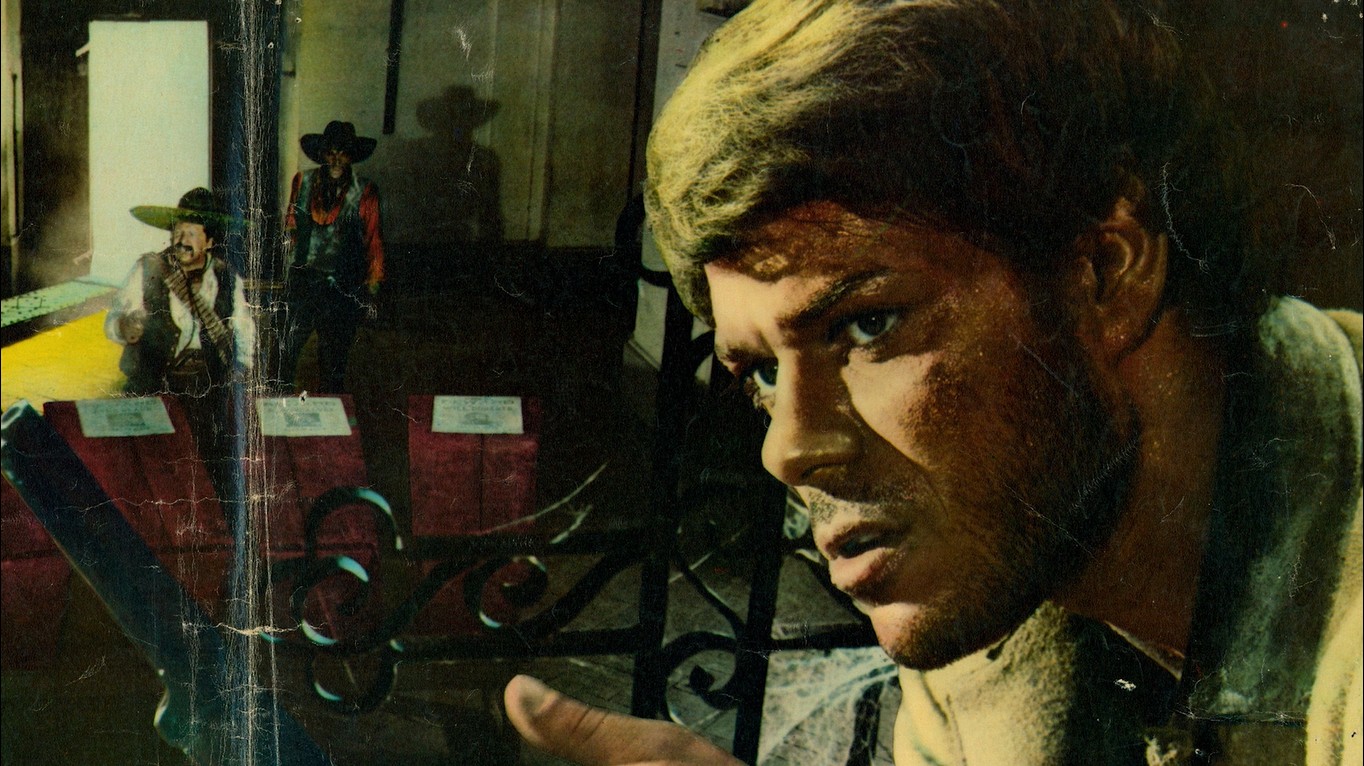
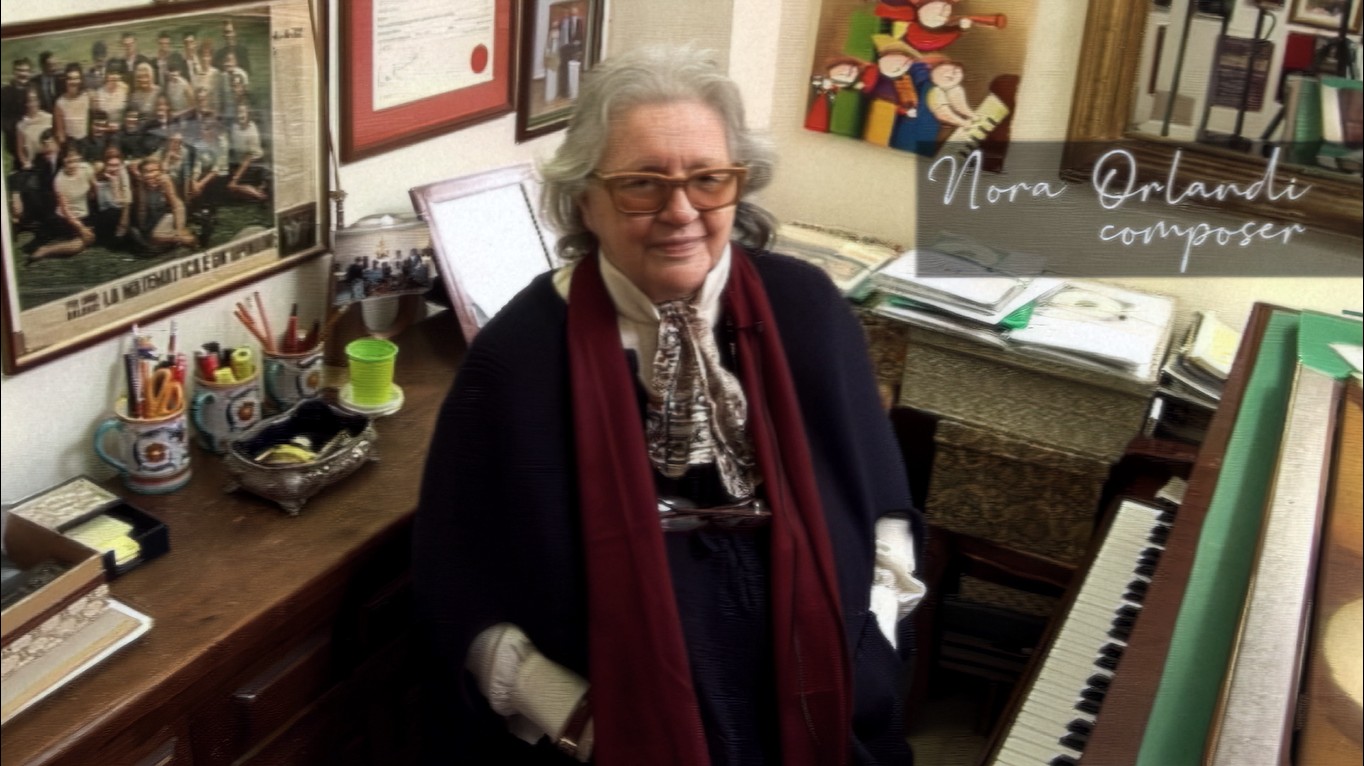
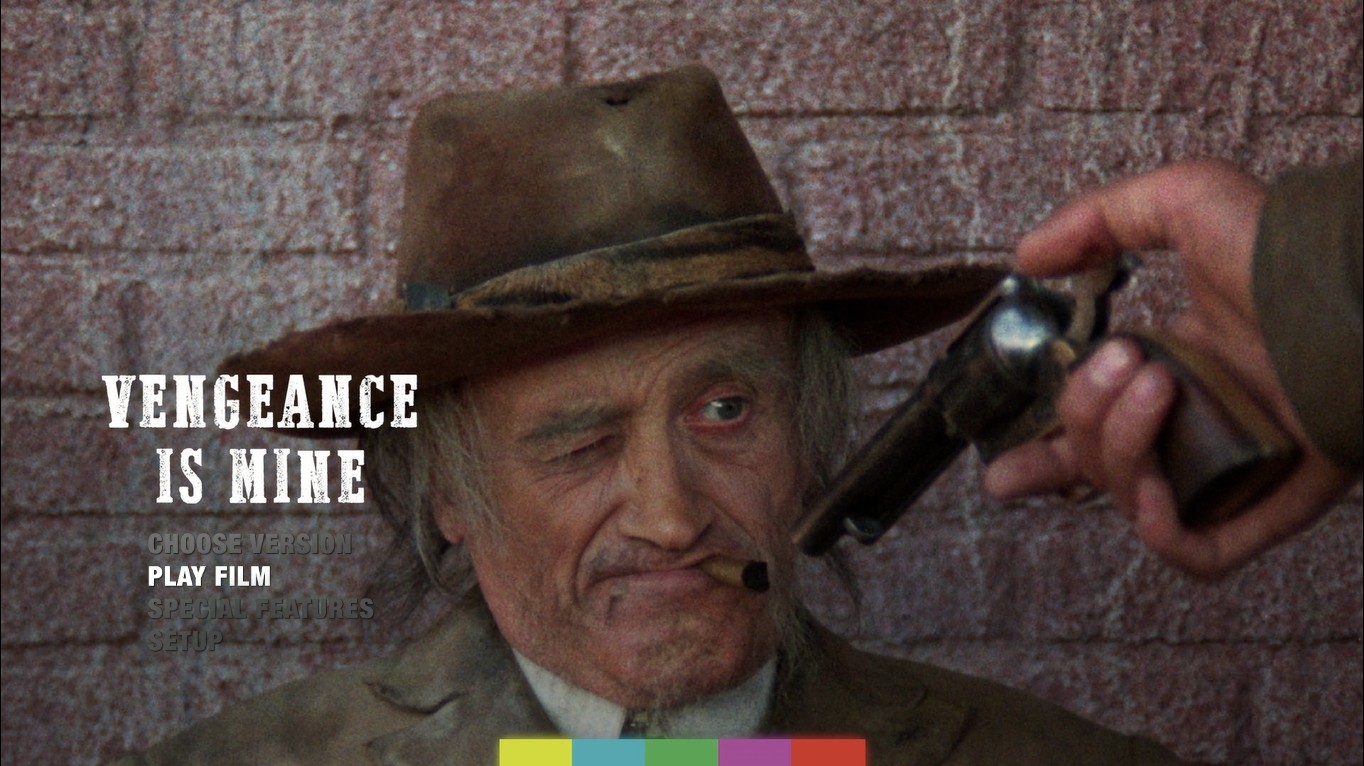
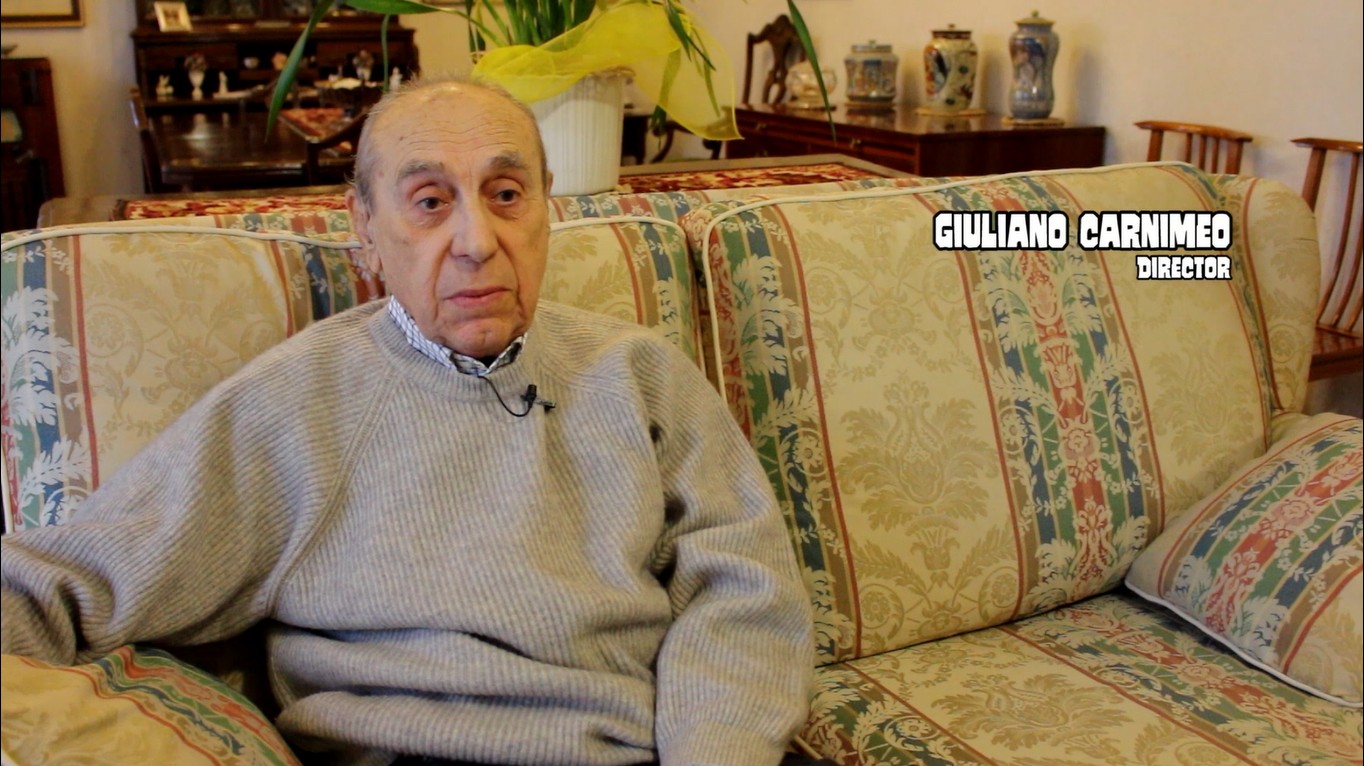
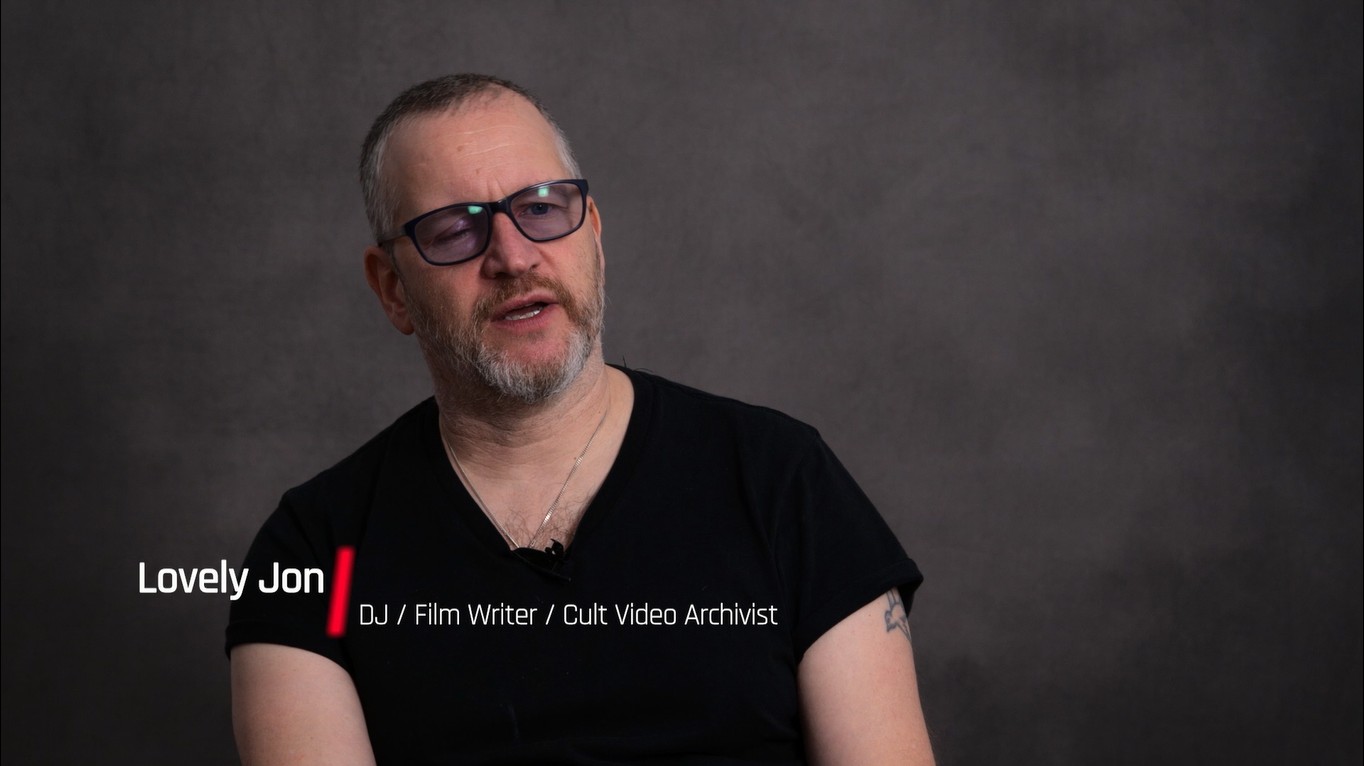
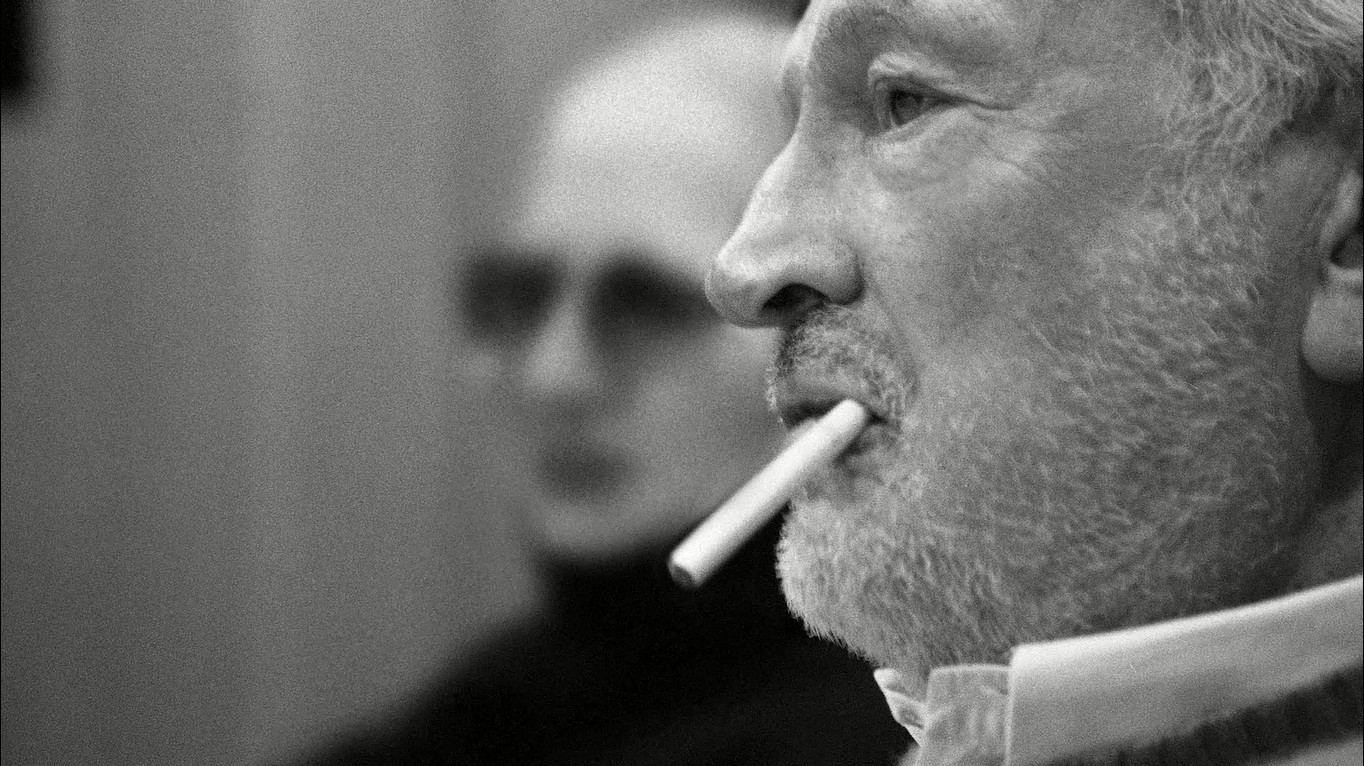
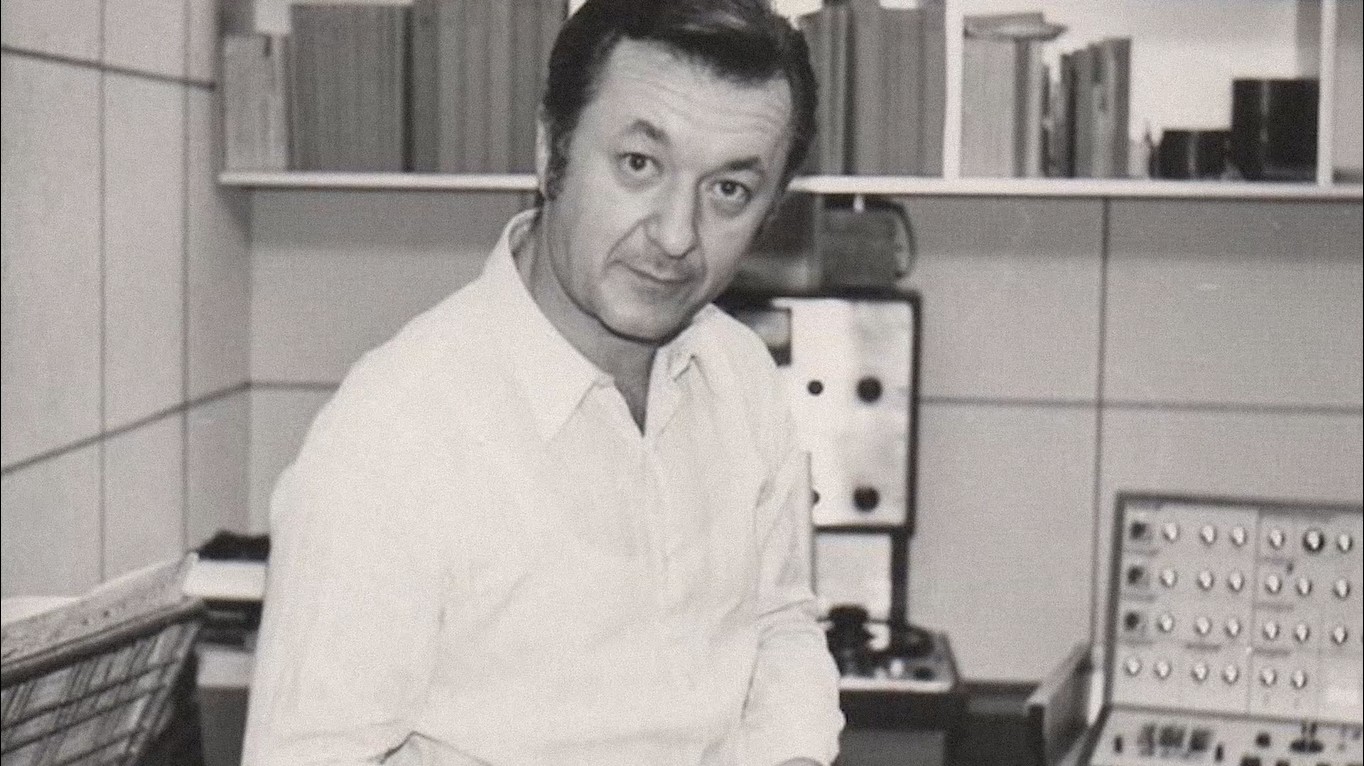
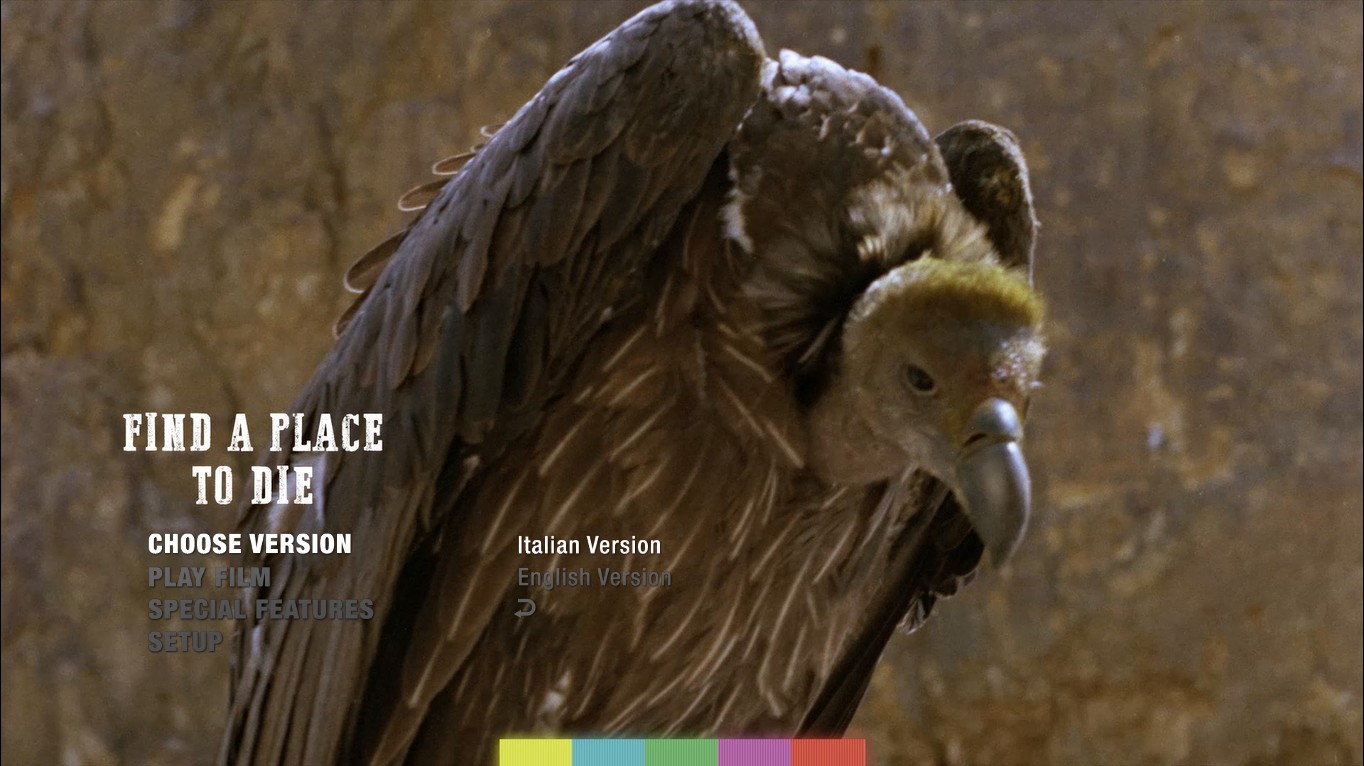
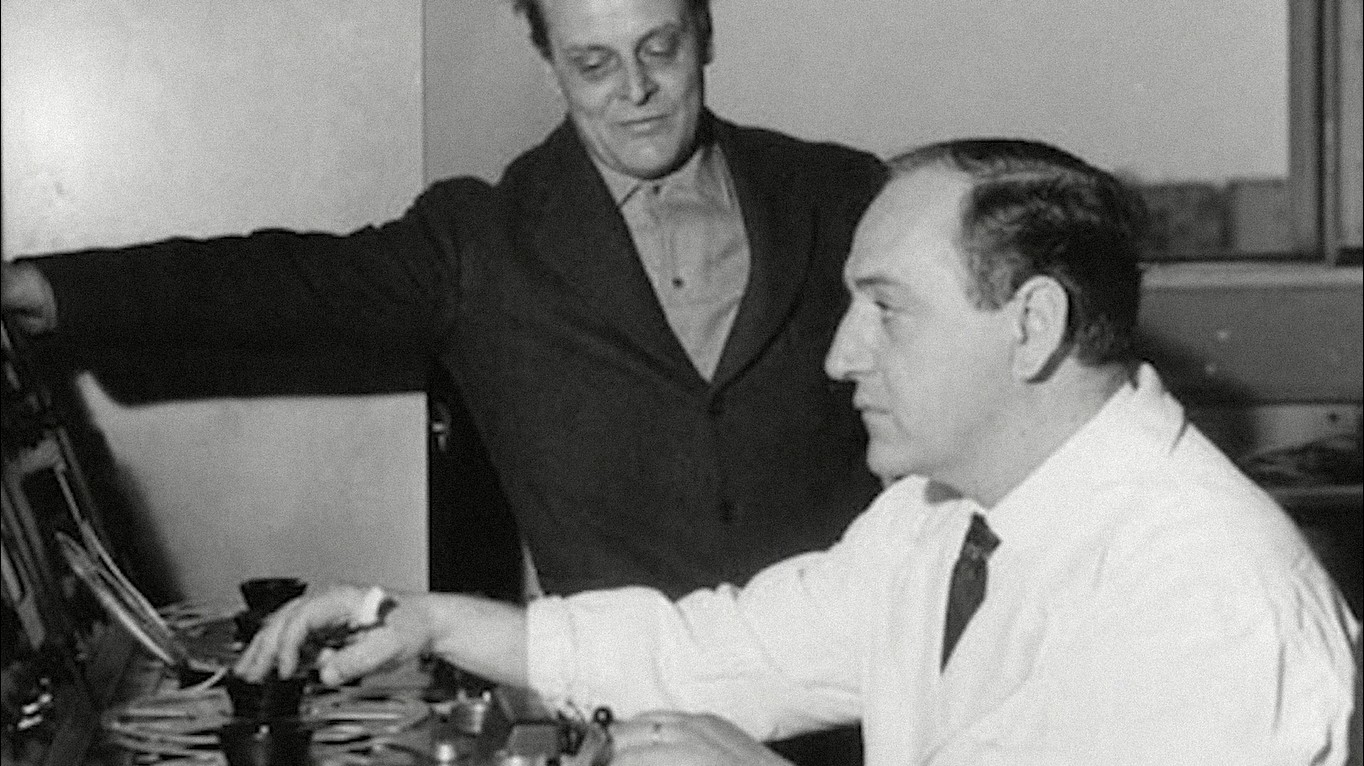
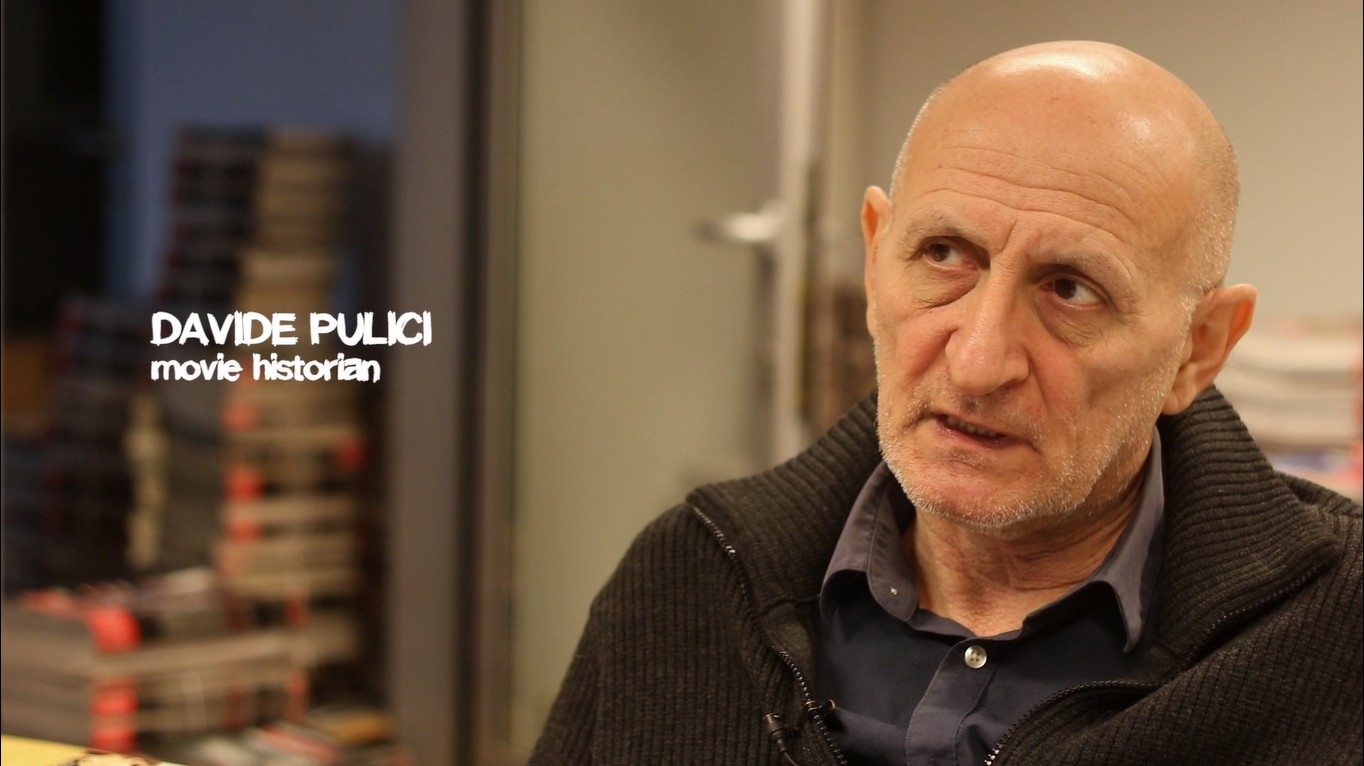
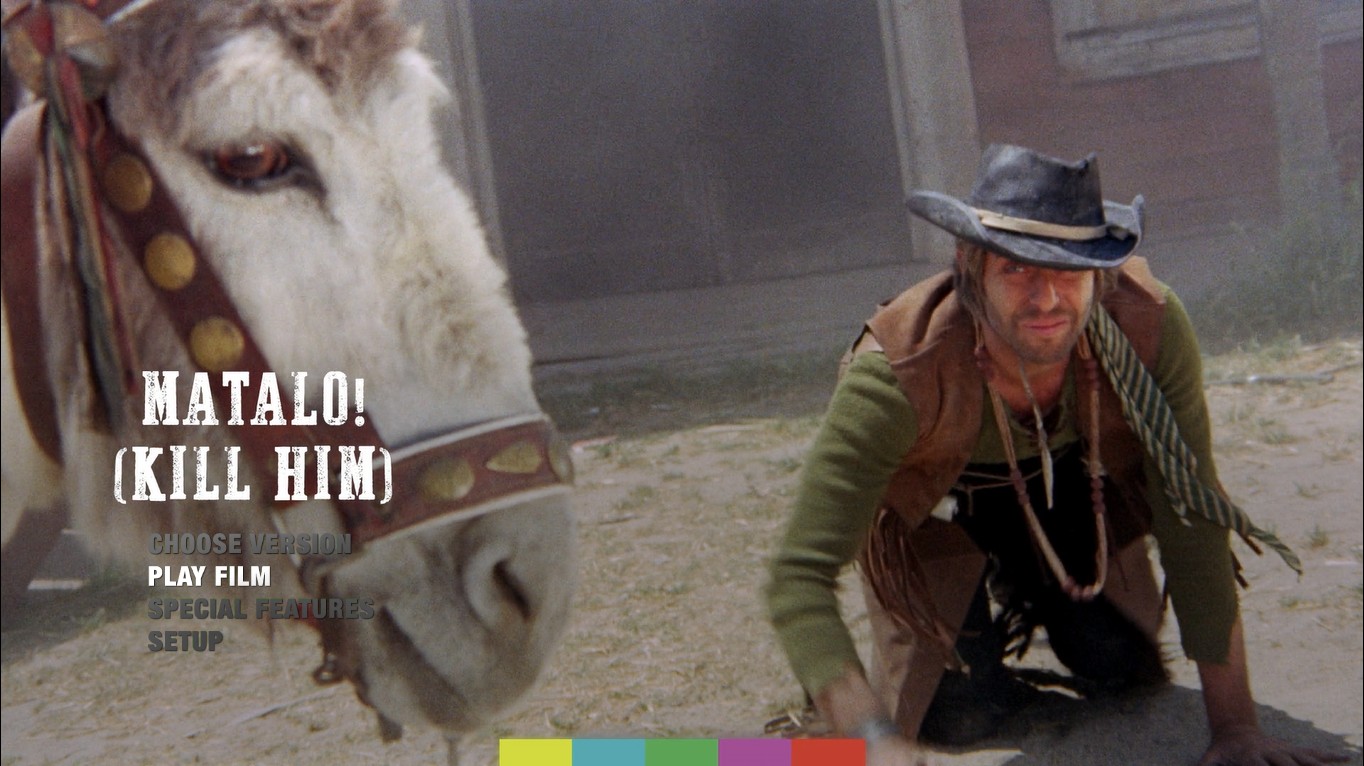

directors: Romolo Guerrieri (Blood) • Giovanni Fago (Vengeance) • Giuliano Carnimeo (Place) • Cesare Canevari (Matalo).
writers: Franco Fogagnolo, Ernesto Gastaldi & Luciano Martino (Blood) • Sergio Martino & Ernesto Gastaldi (Vengeance) • Lamberto Benvenuti, Leonardo Benvenuti & Giuliano Carnimeo (Place) • Mino Roli, Nico Ducci & Eduardo Manzanos (Matalo).
starring: Gianni Garko, Loredana Nusciak & Claudio Camaso (Blood) • Gianni Garko, Claudio Camaso & Claudie Lange (Vengeance) • Jeffrey Hunter, Pascale Petit & Giovanni Pallavicino (Place) • Lou Castel, Corrado Pani & Antonio Salines (Matalo).
